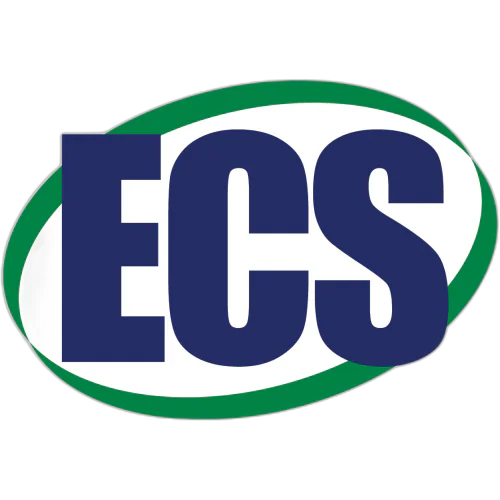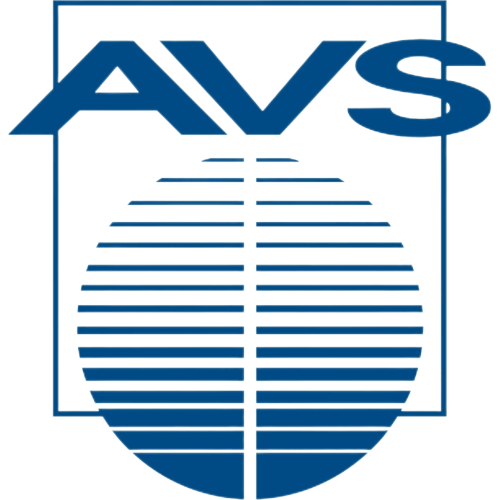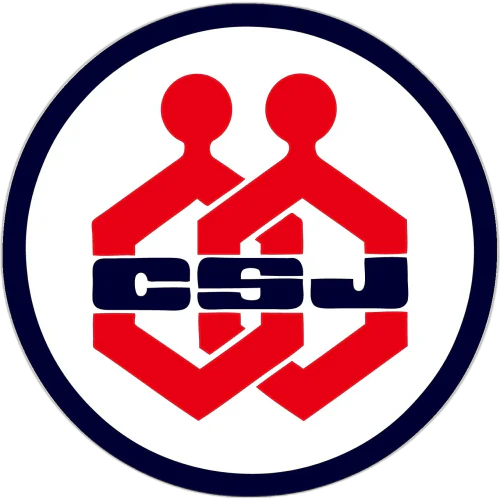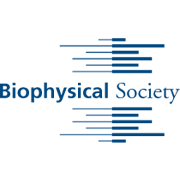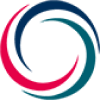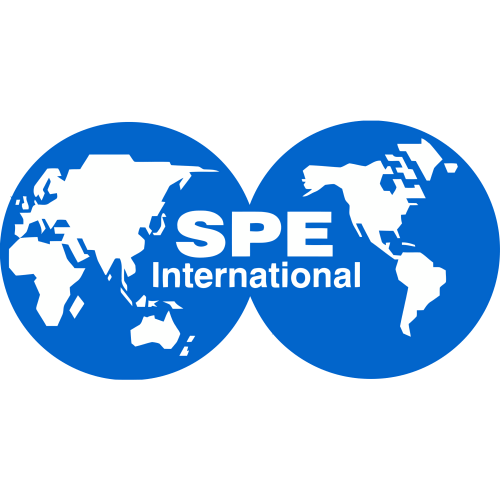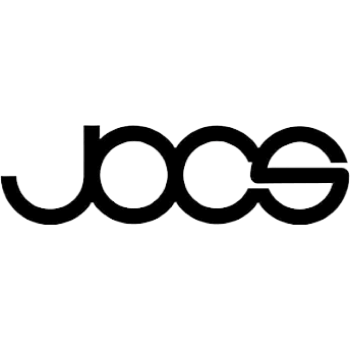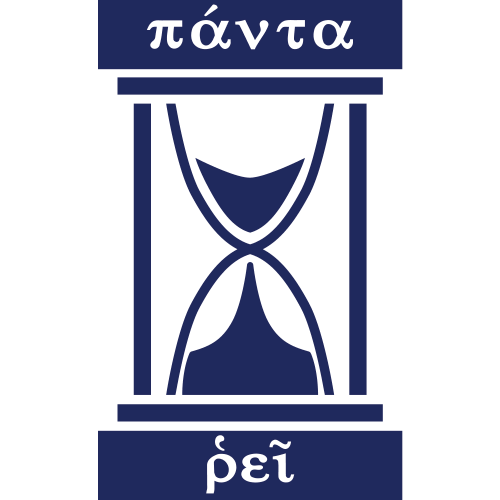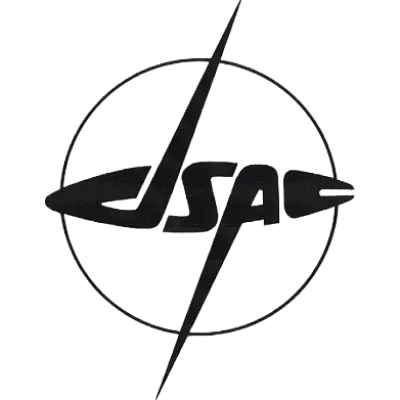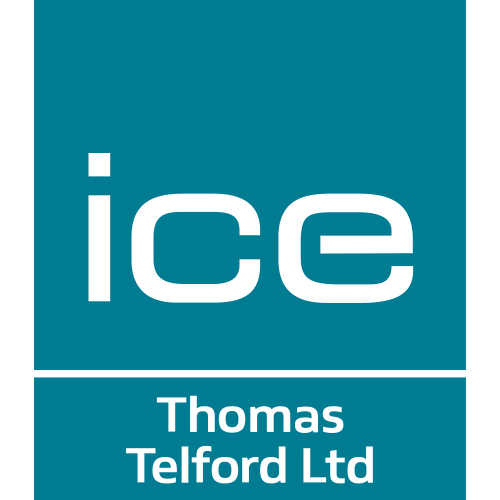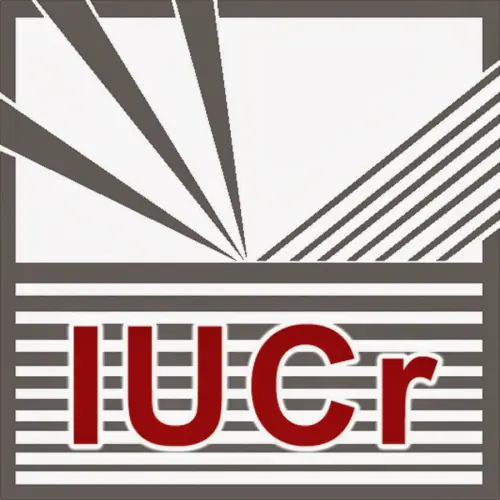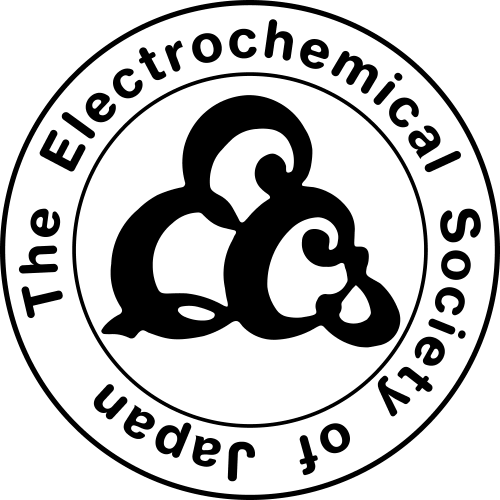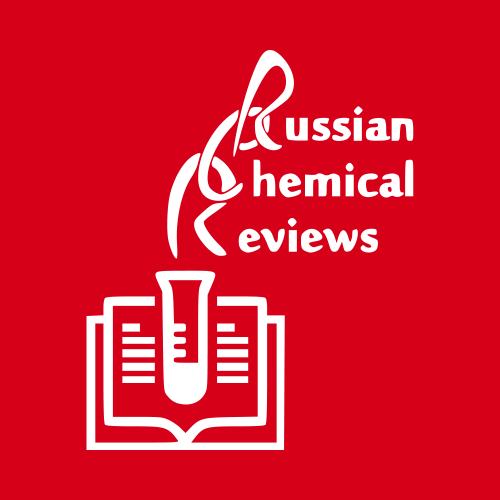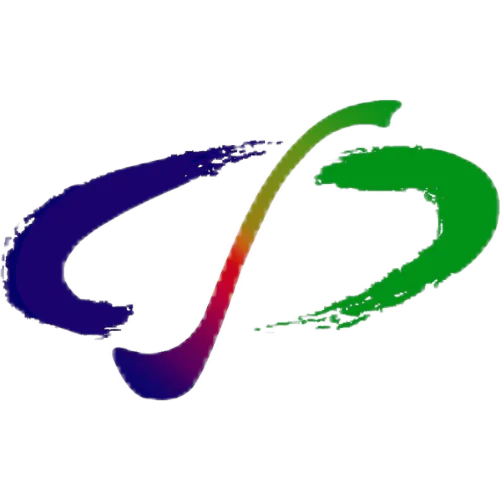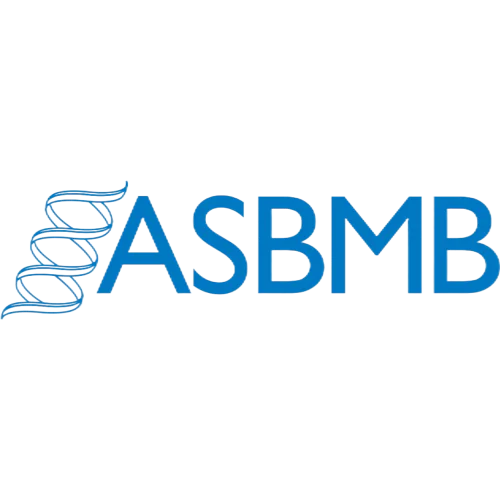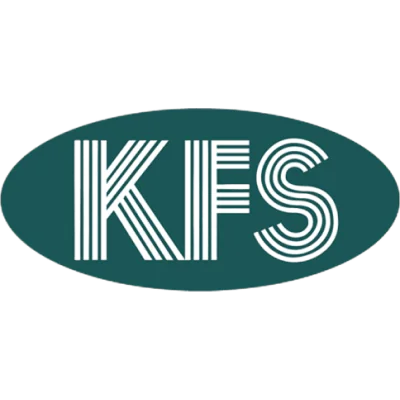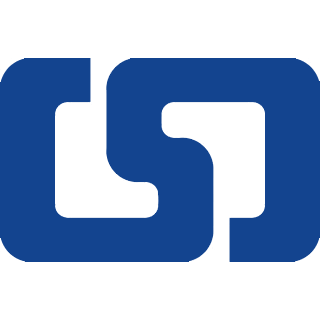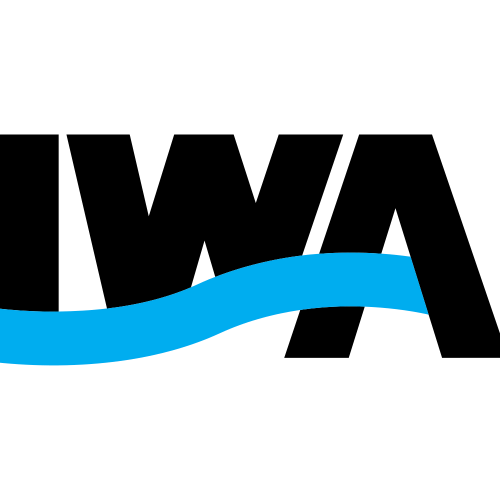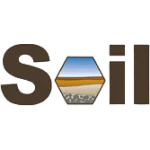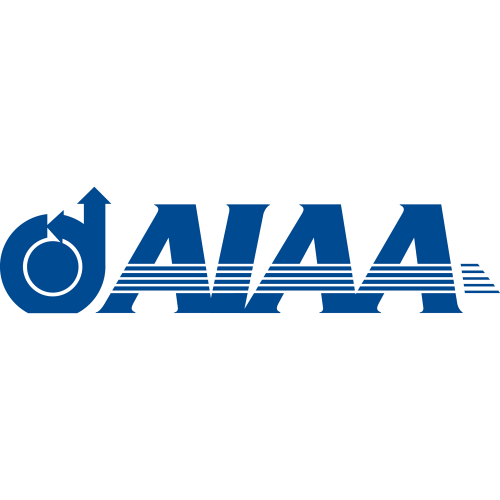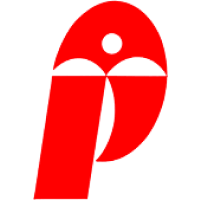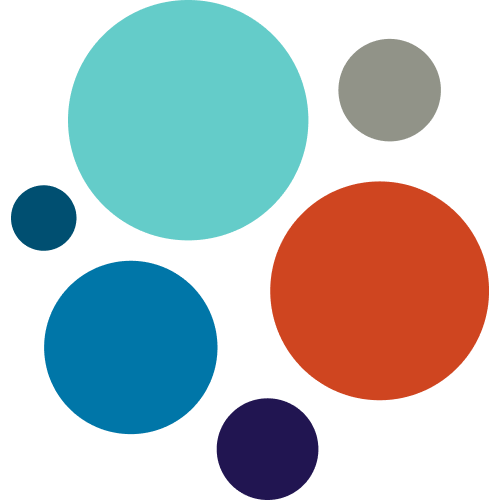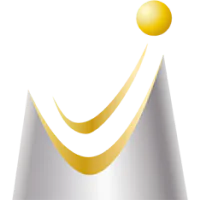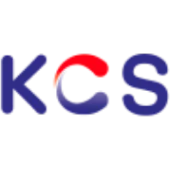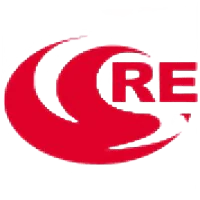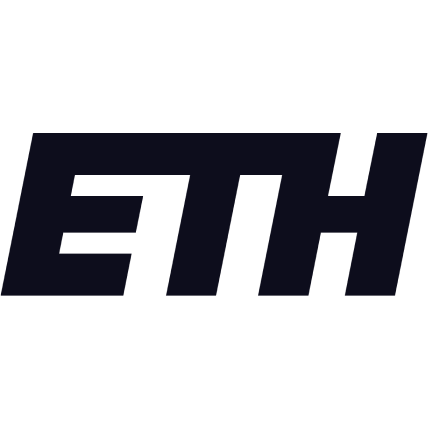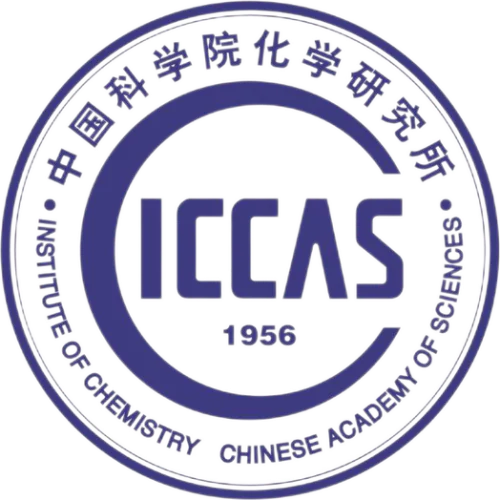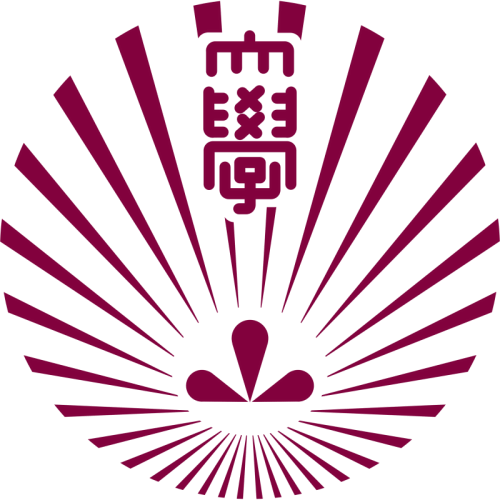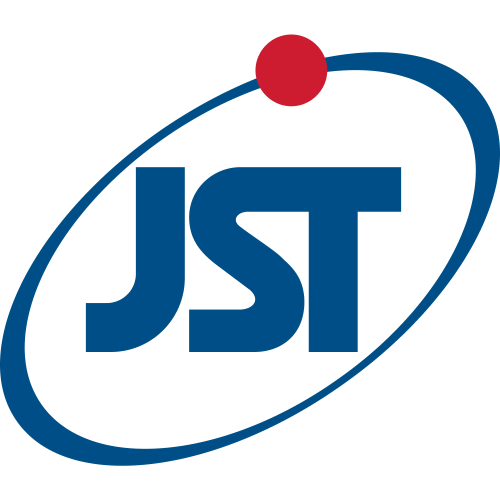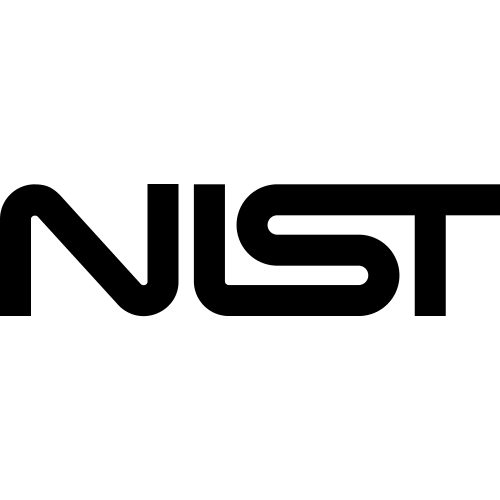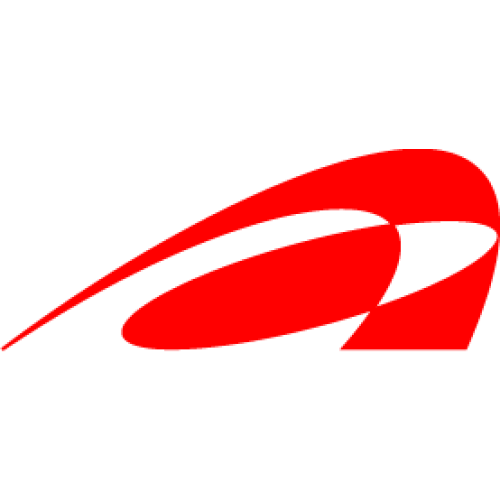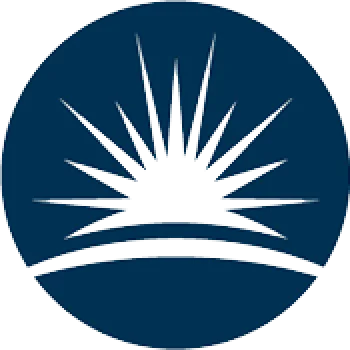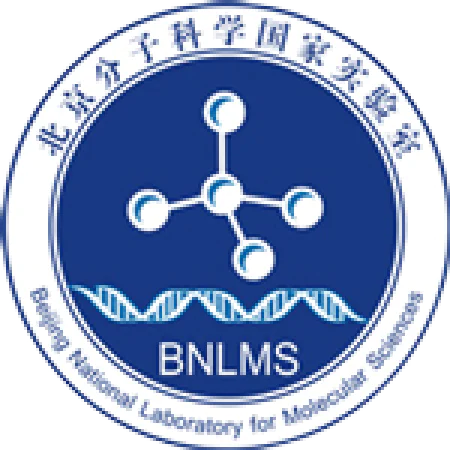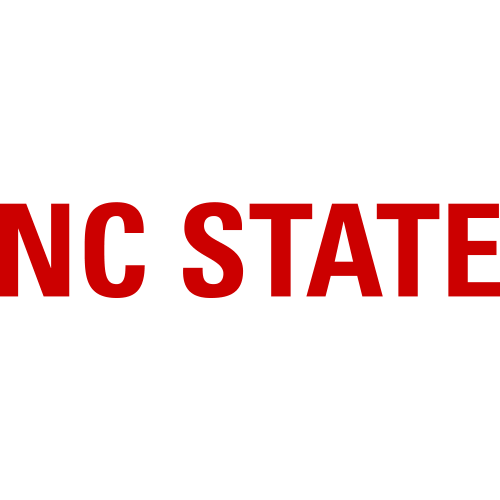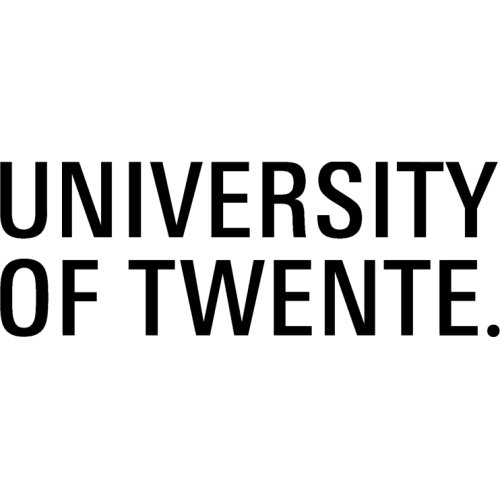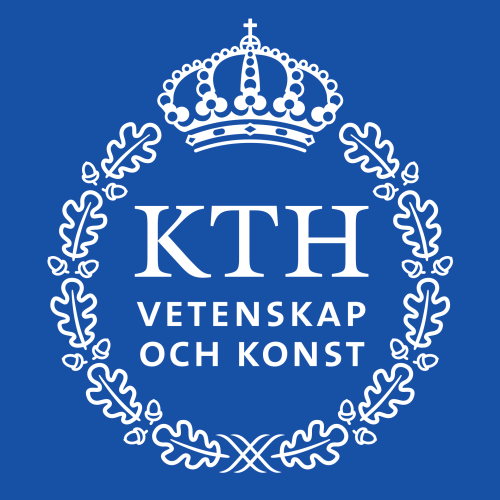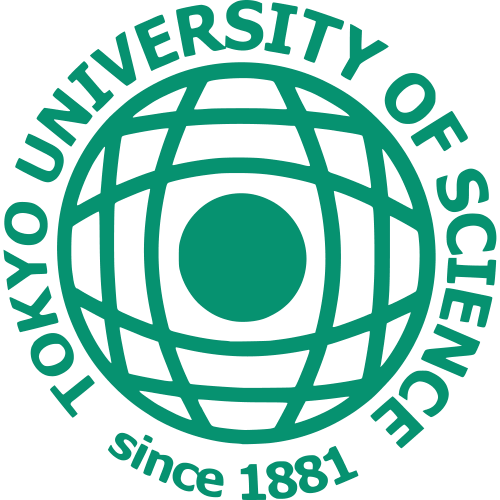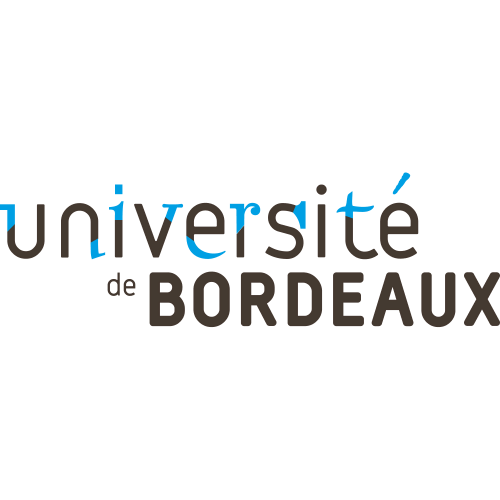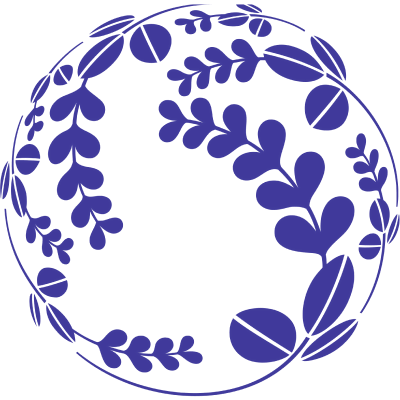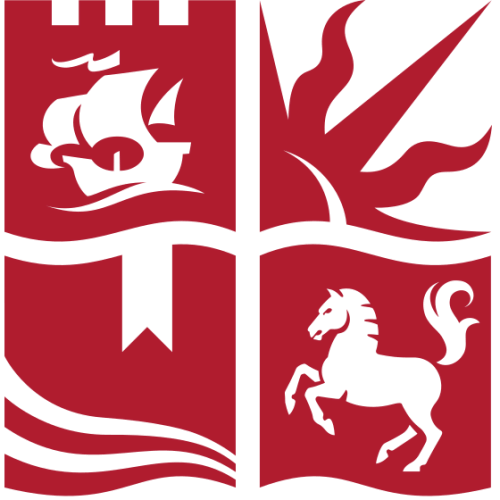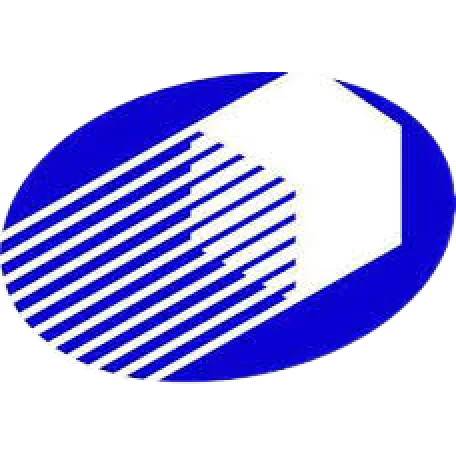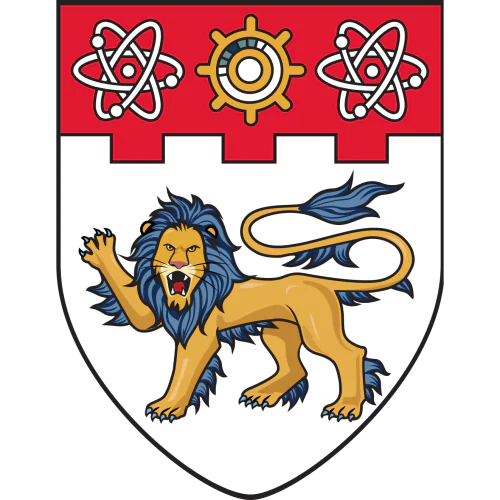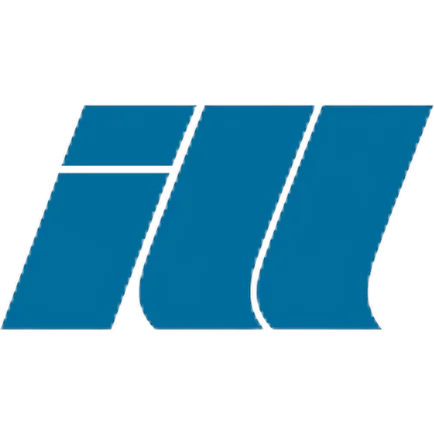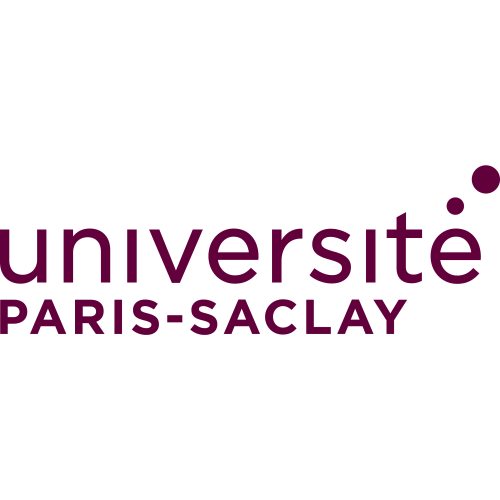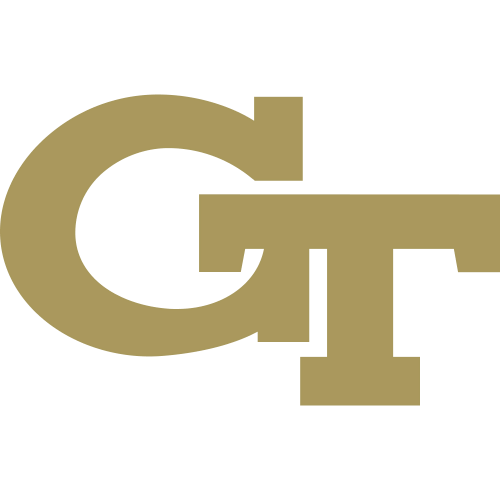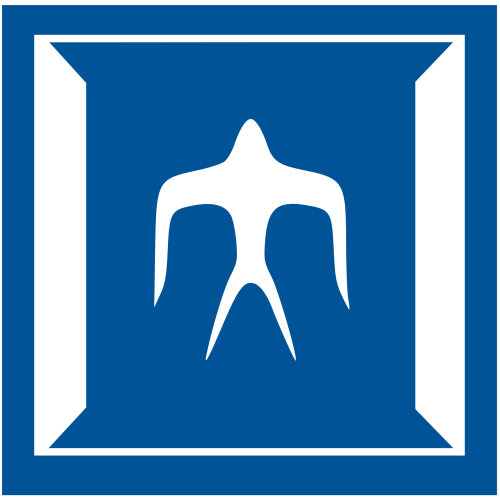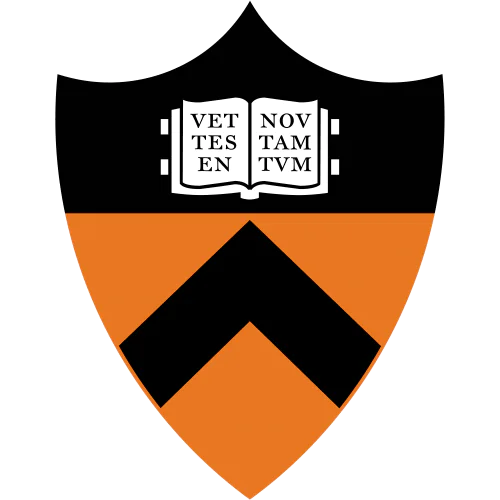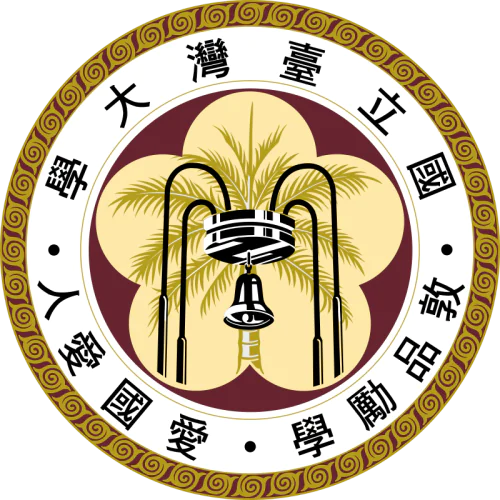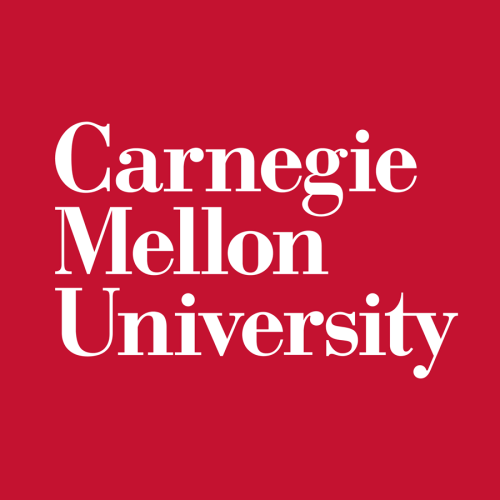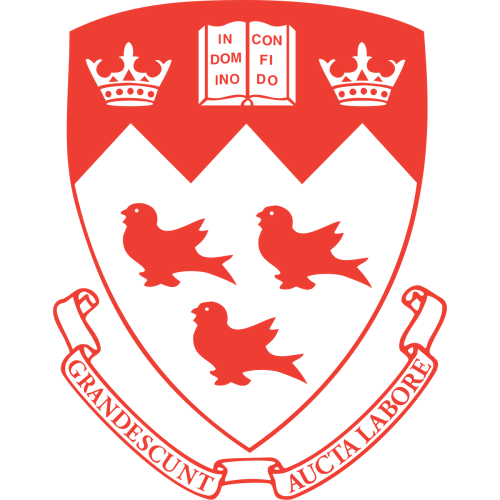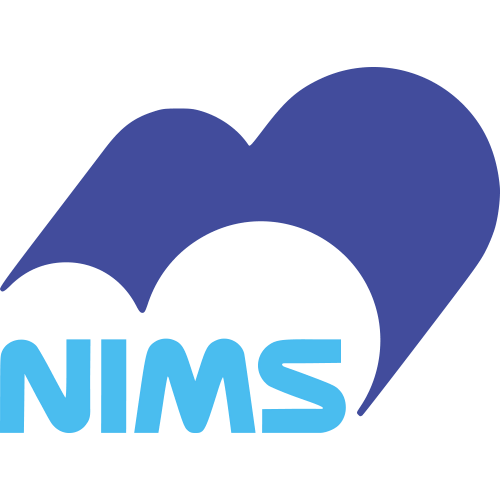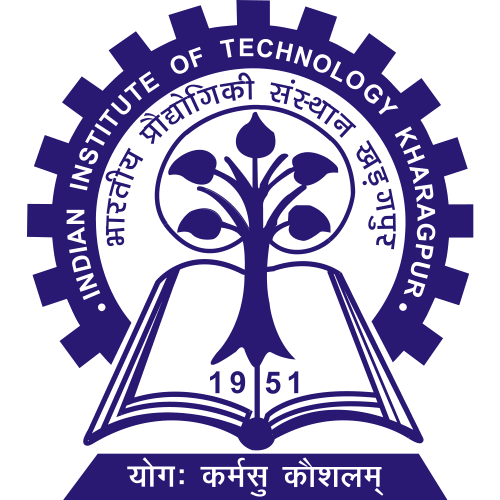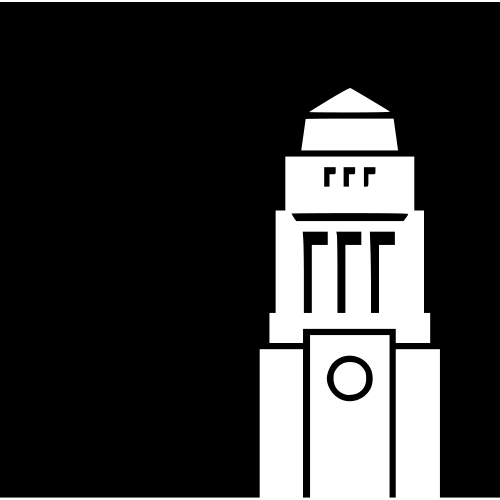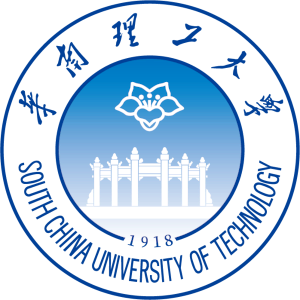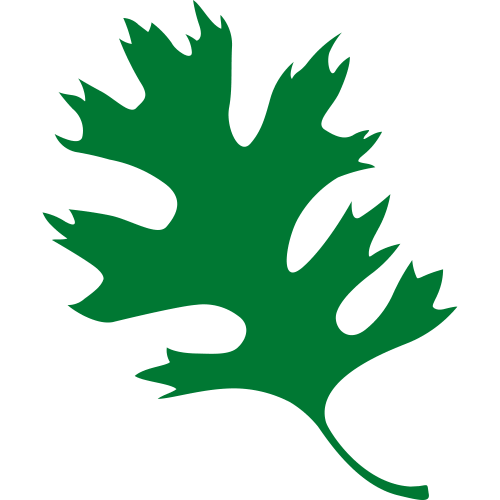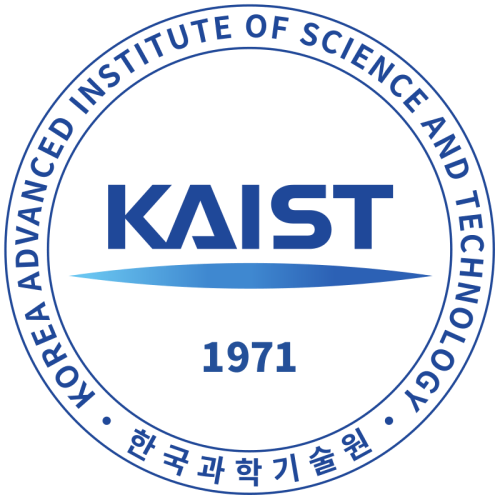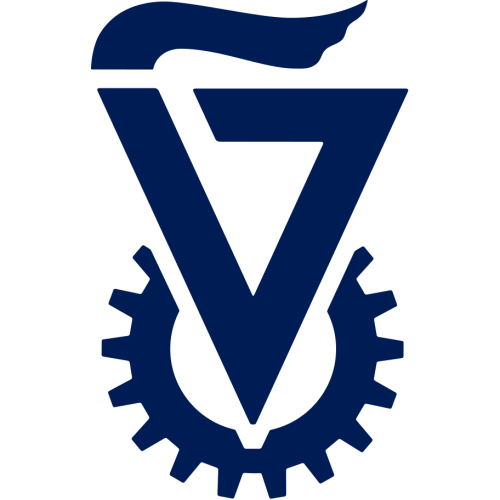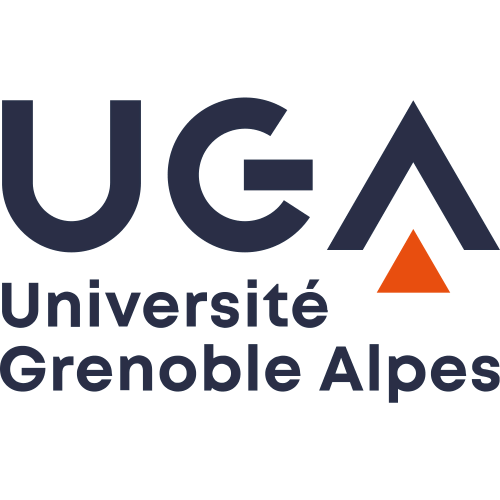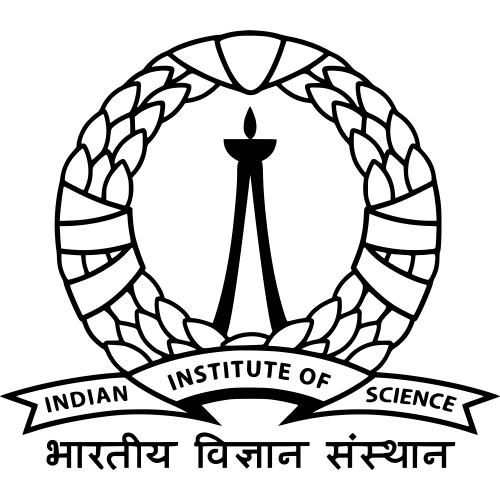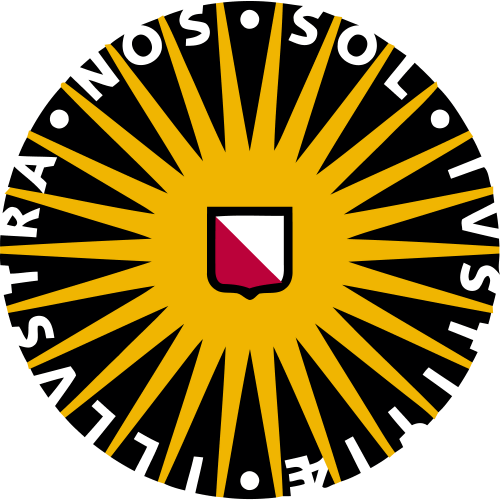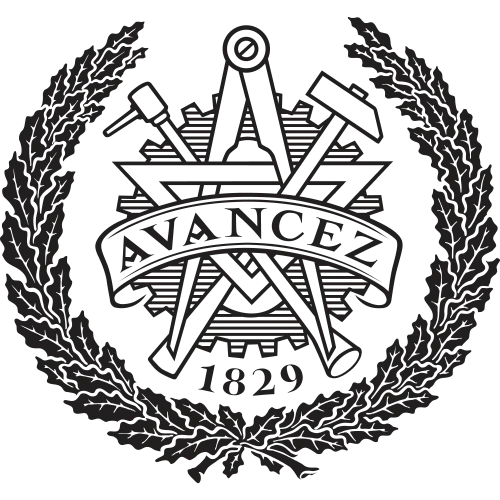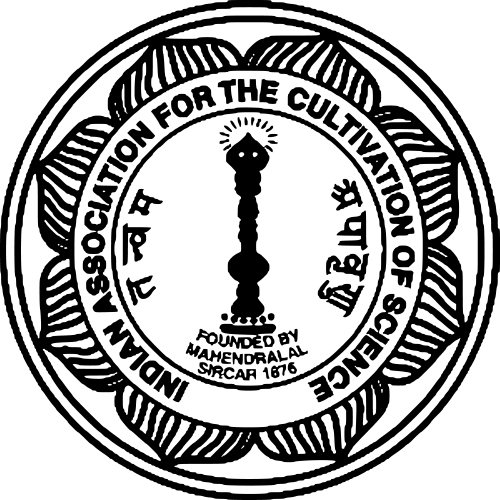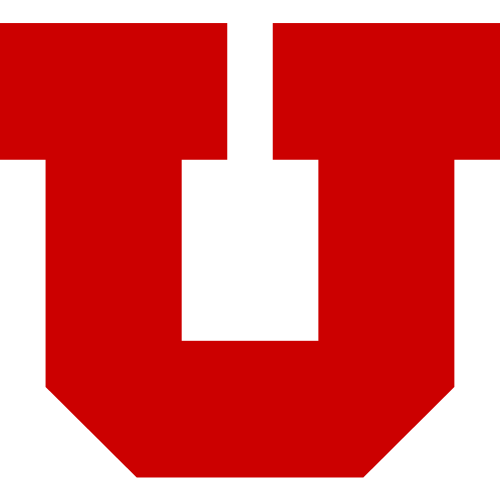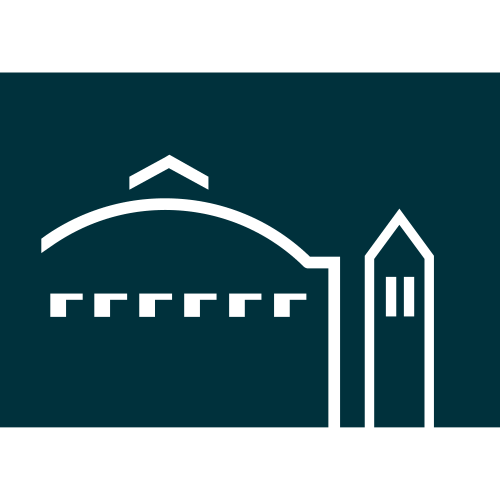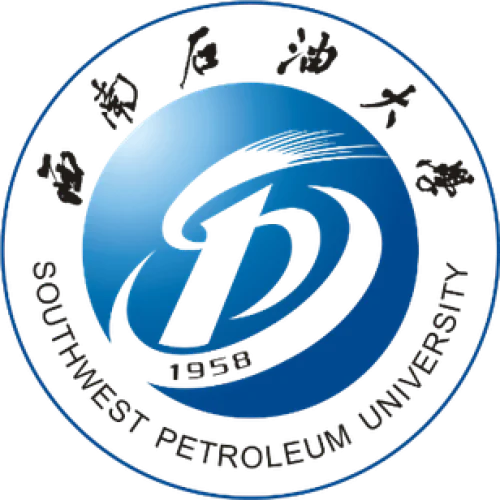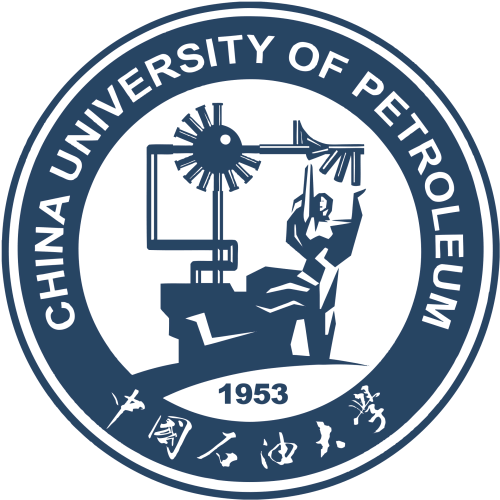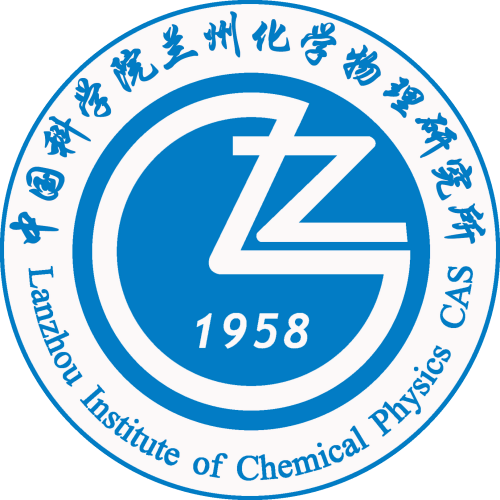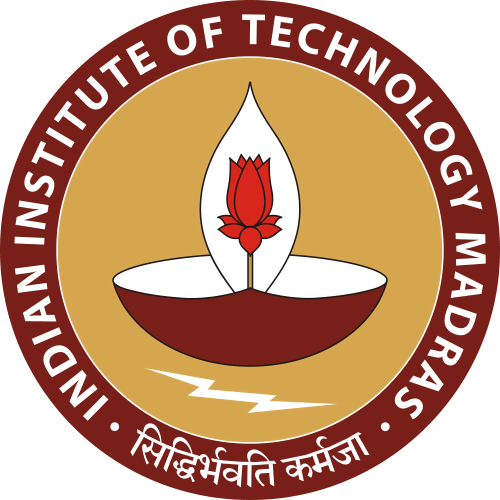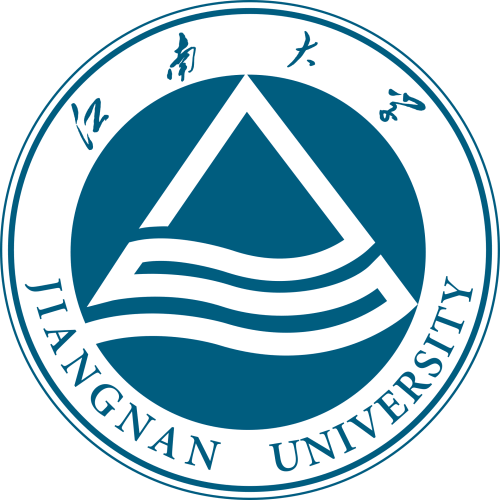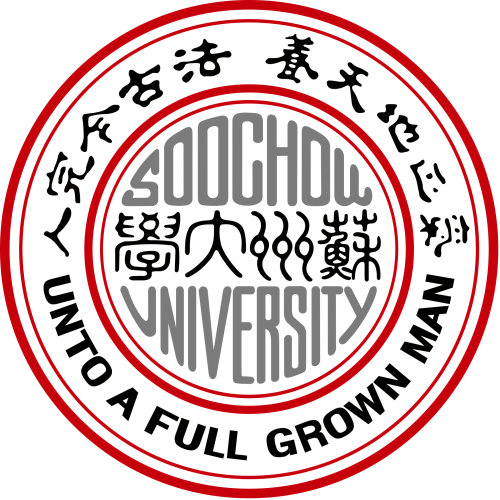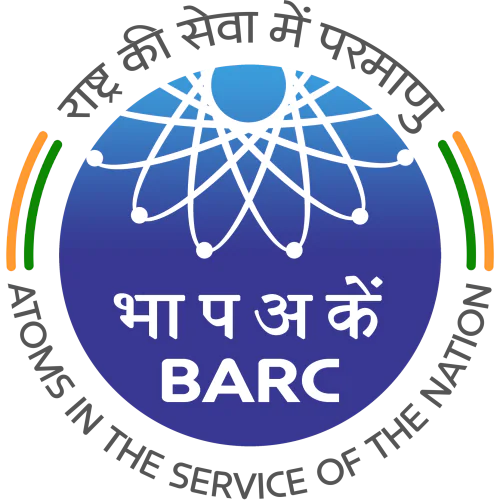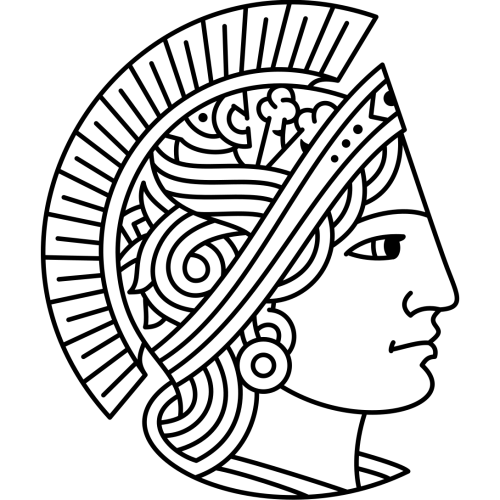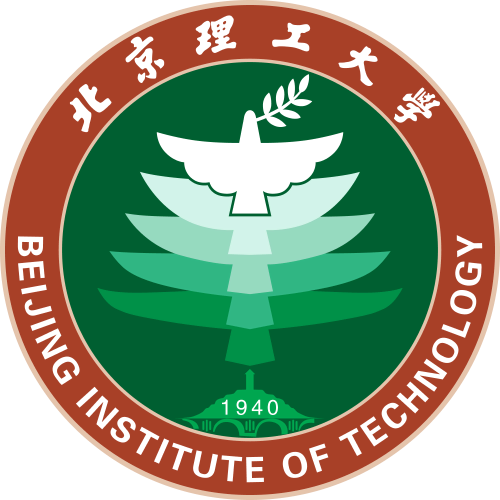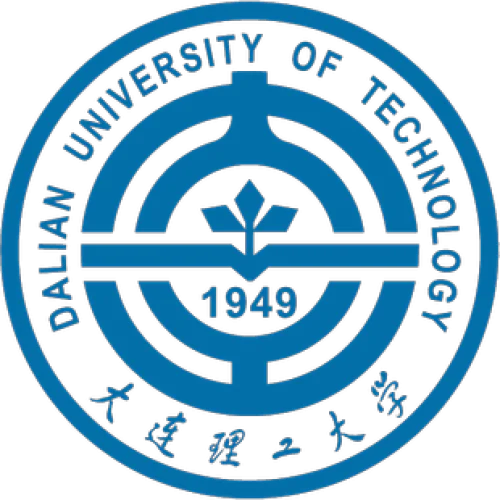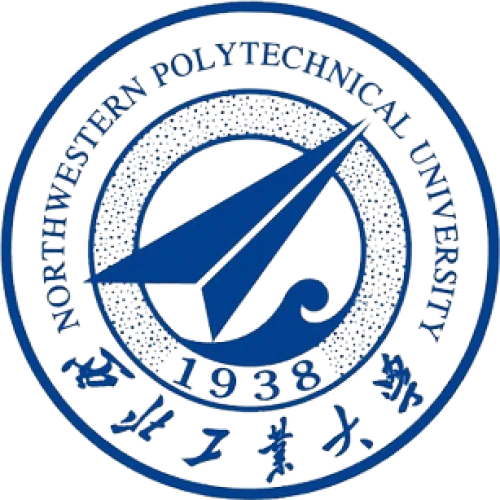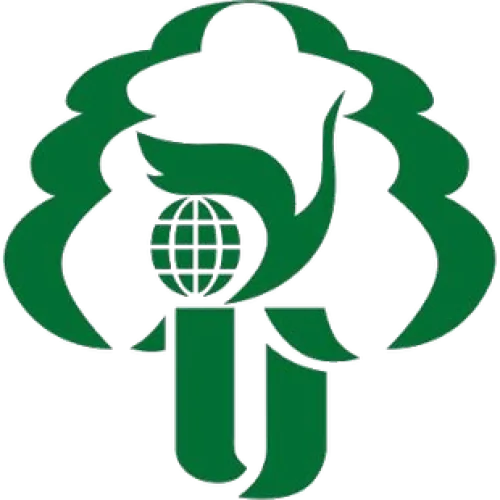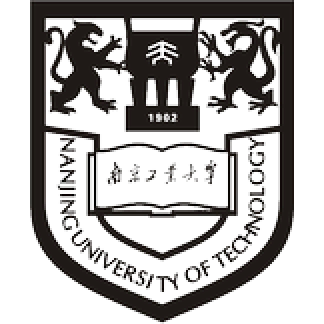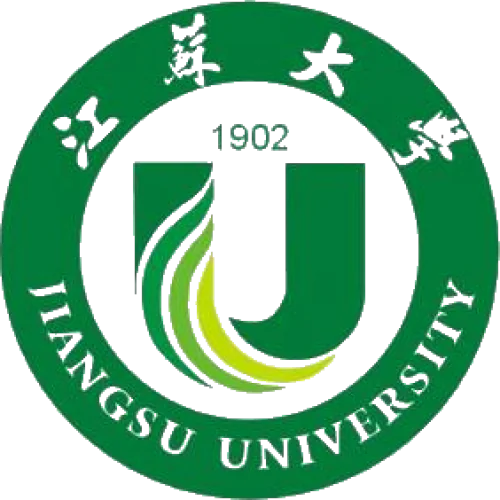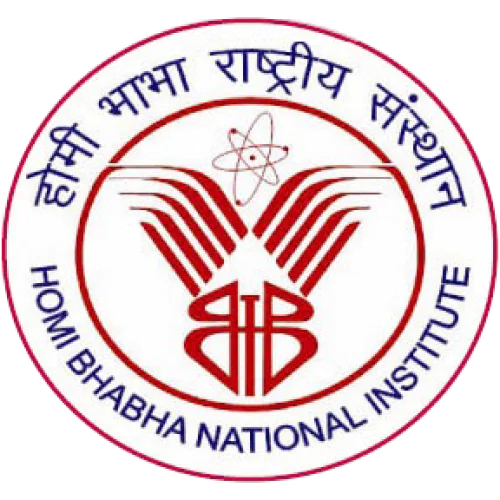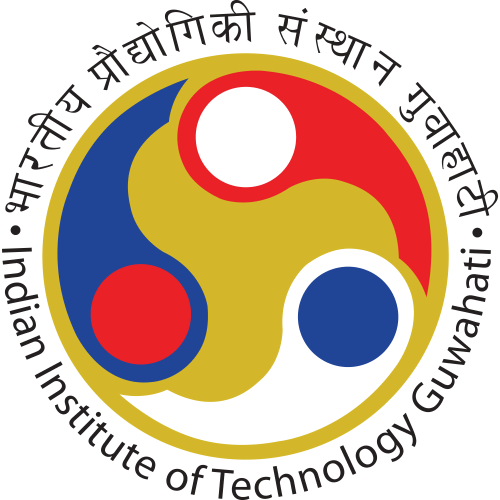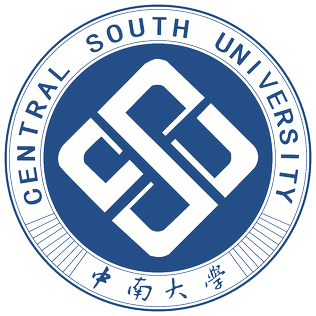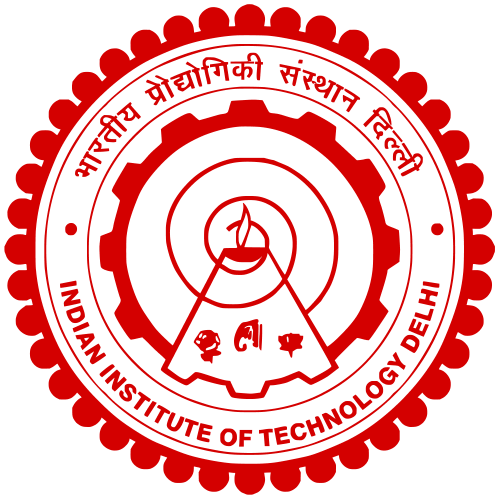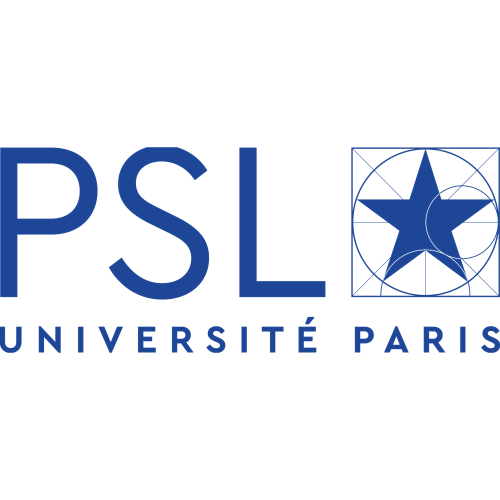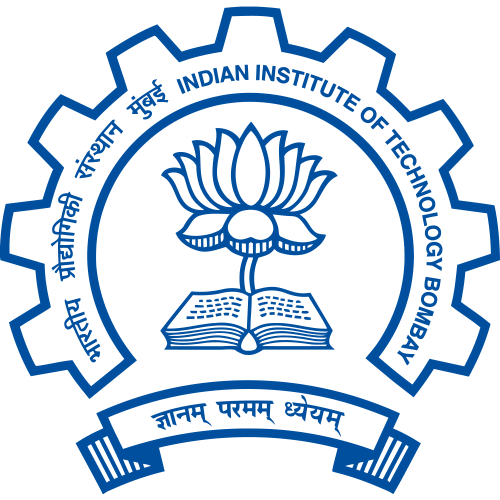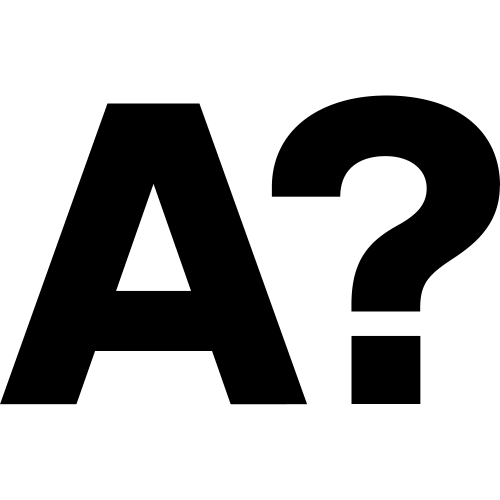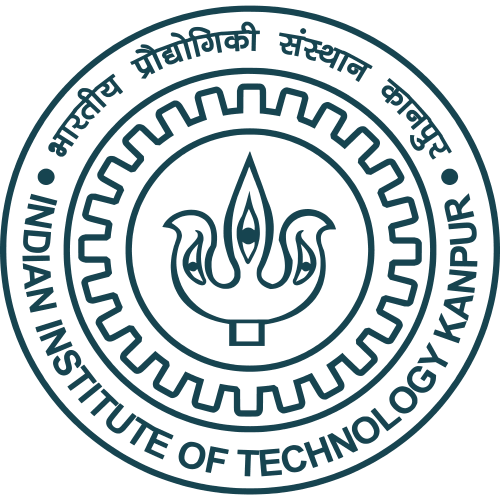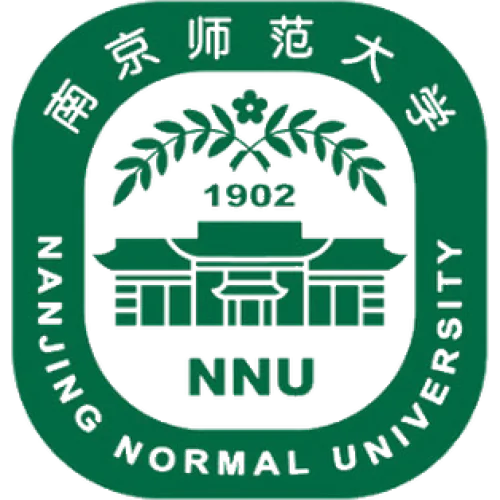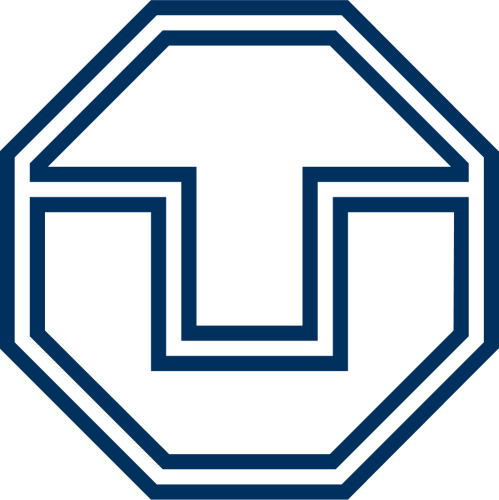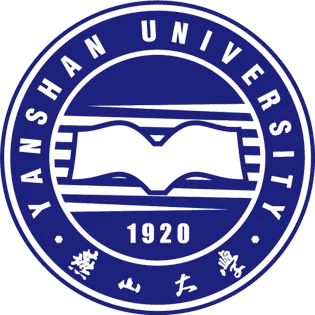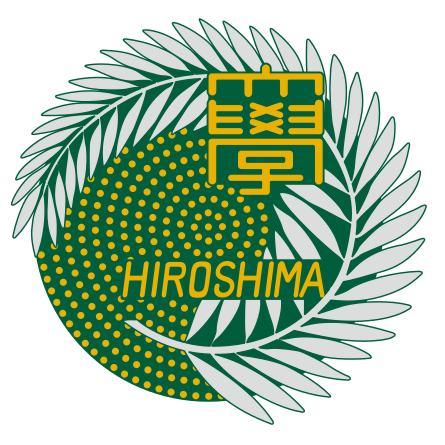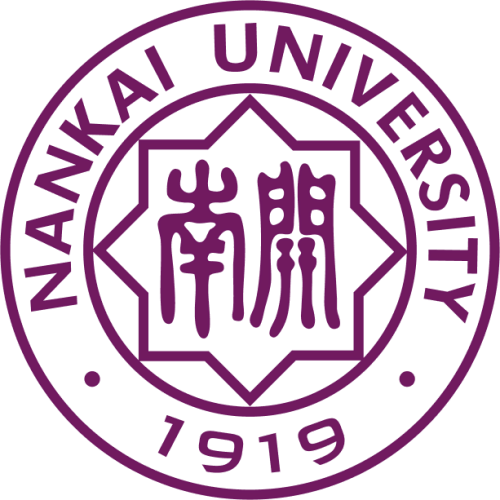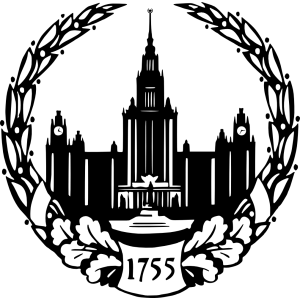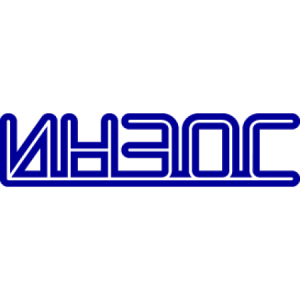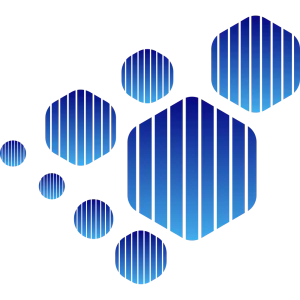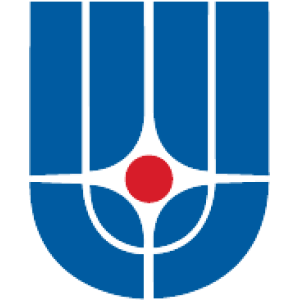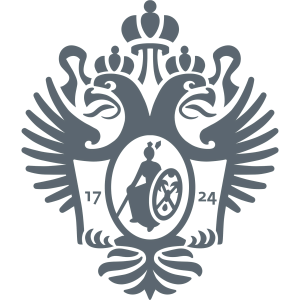Are you a researcher?
Create a profile to get free access to personal recommendations for colleagues and new articles.
SCImago
Q1
WOS
Q2
Impact factor
3.7
SJR
0.786
CiteScore
6.5
Categories
Condensed Matter Physics
Spectroscopy
Surfaces and Interfaces
Electrochemistry
Materials Science (miscellaneous)
Medicine (miscellaneous)
Areas
Chemistry
Materials Science
Medicine
Physics and Astronomy
Years of issue
1985-2025
journal names
Langmuir
Top-3 citing journals
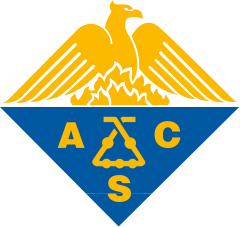
Langmuir
(213250 citations)

Journal of Colloid and Interface Science
(58704 citations)

Colloids and Surfaces A: Physicochemical and Engineering Aspects
(47328 citations)
Top-3 organizations

University of Chinese Academy of Sciences
(524 publications)
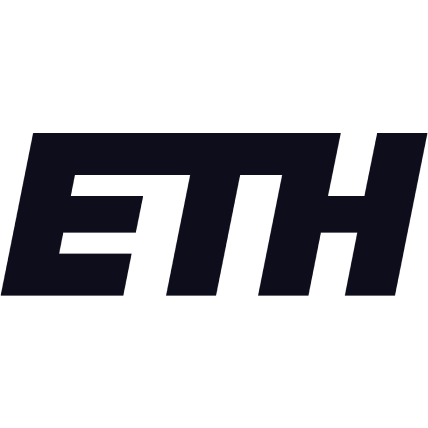
ETH Zurich
(433 publications)

Tsinghua University
(431 publications)

University of Chinese Academy of Sciences
(151 publications)

Tsinghua University
(117 publications)

Tianjin University
(106 publications)
Most cited in 5 years
Found
Publications found: 274
Q4

Lung cancer diagnosis from computed tomography scans using convolutional neural network architecture with Mavage pooling technique
Abe A., Nyathi M., Okunade A.
<sec><title>Background</title><p>Lung cancer is a deadly disease. An early diagnosis can significantly improve the patient survival and quality of life. One potential solution is using deep learning (DL) algorithms to automate the diagnosis using patient computed tomography (CT) scans. However, the limited availability of training data and the computational complexity of existing algorithms, as well as their reliance on high-performance systems, limit the potential of DL algorithms. To improve early lung cancer diagnoses, this study proposes a low-cost convolutional neural network (CNN) that uses a Mavage pooling technique to diagnose lung cancers.</p></sec><sec><title>Methods</title><p>The DL-based model uses five convolution layers with two residual connections and Mavage pooling layers. We trained the CNN using two publicly available datasets comprised of the IQ_OTH/NCCD dataset and the chest CT scan dataset. Additionally, we integrated the Mavage pooling in the AlexNet, ResNet-50, and GoogLeNet architectures to analyze the datasets. We evaluated the performance of the models based on accuracy and the area under the receiver operating characteristic curve (AUROC).</p></sec><sec><title>Results</title><p>The CNN model achieved a 99.70% accuracy and a 99.66% AUROC when the scans were classified as either cancerous or non-cancerous. It achieved a 90.24% accuracy and a 94.63% AUROC when the scans were classified as containing either normal, benign, or malignant nodules. It achieved a 95.56% accuracy and a 99.37% AUROC when lung cancers were classified. Additionally, the results indicated that the diagnostic abilities of AlexNet, ResNet-50, and GoogLeNet were improved with the introduction of the Mavage pooling technique.</p></sec><sec><title>Conclusions</title><p>This study shows that a low-cost CNN can effectively diagnose lung cancers from patient CT scans. Utilizing Mavage pooling technique significantly improves the CNN diagnostic capabilities.</p></sec>
Q4

Viral load dynamics of SARS-CoV-2 in the moderately symptomatic COVID-19 patients in Dak Lak, Viet Nam, 2021
Vien C.C., Van Le T., Nguyen V.T., Hoang T.N., Nay P.
<p>COVID-19 vaccines reduce infection, disease severity, and death by SARS-CoV-2 by reducing viral load. This study aimed to evaluate the change of cycle threshold (Ct) value in COVID-19 patients and investigate factors related to the Ct value change on the 3rd (D3), 7th (D7), 10th (D10), and 14th (D14) day after hospital admission in Dak Lak in 2021. Nasopharyngeal swabs and serum samples were obtained from 251 COVID-19 patients. Samples were collected on D3, D7, D10, and D14 after hospital admission and tested for SARS-CoV-2 by real-time RT-PCR tests. Ct values were categorized as <italic>high viral load</italic>, <italic>moderate viral</italic>, and <italic>low viral load</italic>. Electrochemiluminescence immunoassay was used to estimate the anti-SARS-CoV-2 antibodies. The results demonstrated that vaccinated individuals against COVID-19 have a faster rate of hospital discharge than the unvaccinated group, most clearly on D10. The Ct change on D10 of vaccinated individuals was statistically significantly higher (1.35 times) than of unvaccinated individuals (<italic>P</italic> &lt; 0.01). The mean Ct values of unvaccinated individuals on D3, D7, D10, and D14 were lower than that of vaccinated individuals. However, there was a statistically significant increase in Ct of vaccinated individuals compared to unvaccinated individuals only on D10 and D14 (<italic>P</italic> &lt; 0.03). The percentage of Ct value ≥ 30 and negative of vaccinated persons on D7 (60.9%) was similar to that of unvaccinated persons on D10 (59.4%) (<italic>P</italic> &gt; 0.05). Vaccinated individuals at hospital admission with Ct ≤ 20 on D1 had a statistically significant decline in viral load on D10 and D14, 1.55 and 1.30 times higher compared to unvaccinated individuals (<italic>P</italic> &lt; 0.05). The percentage of Ct ≥ 30 was significantly higher in males than females, especially on D7 and D14 with PR = 1.26 and 1.11 (<italic>P</italic> &lt; 0.05). In conclusion, individuals vaccinated against COVID-19 had reduced transmission by a significant decline in viral load and recovered faster than unvaccinated individuals.</p>
Q4

A case-control study on cervical cancer screening outcome and HPV vaccination among young women in the Italian area of Udine
Valent F., Moretti V.
The age for starting cervical cancer screening for women who were fully vaccinated against human papilloma virus (HPV) in adolescence could be increased from 25 to 30 years. In Italy, some regional governments have revised their screening programs accordingly, though others haven't. Local data on the effectiveness of the HPV vaccine may be helpful in encouraging updates in the screening protocols. We conducted a case-control study based on routine-collected anonymized administrative health data to evaluate the outcomes of first round cervical screening in women living in the Udine area of Italy, according to their vaccinal status. In the study, we included women born between 1993 and 1997, those that were living in the Udine area from 2008 to 2022, and those that participated in the regional cervical cancer screening program for at least one round from 2018 to 2022 (n = 2191). Of these women, 850 had been fully vaccinated before 15 years of age, 887 were vaccinated at age 15 or later, 39 were incompletely vaccinated, and 415 had never been vaccinated. 2140 women had a negative pap-test result and 51 had some type of non-normal result. The odds ratio for having a non-negative result was 0.23 for vaccinated vs non-vaccinated women (95% confidence interval 0.13–0.40). Only 0.2% of vaccinated women had CIN2+ lesions compared to 1.0% of CIN2 and 2.6% of CIN3 of non-vaccinated women (odds ratio of CIN2+ was 0.10, 95% confidence interval 0.04–0.26). The first invitation to the regional cervical cancer screening could be delayed in women who were vaccinated against HPV.
Q4

Integrative child psychotherapy: discussion of a common core and unified theory approach
Tattersall T.C., Rolli N., Butwell M.
This paper explored significant advancements in integrative child psychotherapy in the UK, aiming to establish a common core and unified theory. Informed by infant-parent observations, attachment theory, neuroscience, and socio-cognitive developmental psychology research, the findings integrated clinical approaches from a developmental and family systems perspective. The objective was to provide a framework based on common factors and a unified psychogenesis theory, emphasising a therapeutic action model and understanding child development. The escalating prevalence and severity of mental health issues among children and young people (CYP) are highlighted, with factors like the COVID-19 pandemic, educational disruptions, increased digital reliance, and the current cost of living crisis contributing to the surge. The impact of these changes necessitates a holistic approach to mental health care, specifically by specialists in integrative child psychotherapy. Current data underestimates CYP mental health needs due to the absence of a national approach to data collection and analysis. Moreover, there is a lack of consensus on the assessment and case formulation in CYP mental health treatment. The diversity in practitioners' approaches, training, and understanding of child development, evidence-based practices, and CYP mental health support is noted. Critiquing the limitations of evidence-based practices, the paper argues for a systematic assessment and case formulation framework. It advocates for an evidence base that acknowledges the individuality of CYP, emphasising psychotherapy's dynamic, relational foundation. The proposed framework seeks to inform training and practice requirements, challenging the conventional mechanistic understanding of mental health treatment and promoting a more integrative and client-centred approach.
Q4

Augmented therapeutic tutoring in diligent image-assisted robotic interventions
Razek A.
This paper concerns the aptitudes of medical staff to explore new therapies and training exercises for image-assisted robotic diligent interventions. This exploration can be carried out using physical, digital, or both copies of patients. Such physical and digital phantoms should approximate real living tissues through realistic biological properties. Such a realistic assessment could be achieved through strategies to reduce physical and numerical uncertainties. The concept of physical-virtual matched pairs is used in image-assisted robotic interventions to enable such reduction. The present commentary aimed to analyze and illustrate possibilities for increasing the capabilities of medical personnel to explore new therapies and training exercises for image-assisted robotic diligent interventions. In this context, the manuscript focused on the use of the physical-virtual digital twin (DT) concept to monitor image-assisted robotic interventions, thereby reducing the complexity and uncertainties involved in such a procedure. Extensions involve robotic operations assisted by human-in-the-loop DT, artificial intelligence (AI), and augmented reality (AR). The various topics covered in this commentary are supported by a review of the literature.
Q4

Moving the needle forward in health disparities: An education initiative
Reddy S.B., Speer M.J., Todsen J., Mutyala S., Samadder N.J., Moreno G.G., Lewis Y.L., Omar F.M., Mishra S., Umar S.B.
<sec><b>Objective</b>This paper sought to evaluate the impact of a year-long Health Equity Curriculum (HEC) on the knowledge of health disparities, cross-cultural humility, and empathy among physicians, trainees, and research staff.</sec><sec><b>Background</b>There has been an increase in the inclusion of equity, cultural humility, and the social determinants of health into medical education at various levels. However, the frequency of this education is low and not well quantified or defined. The authors report the results of an education program, namely the HEC, on the knowledge of health disparities, cross-cultural humility, and empathy.</sec><sec><b>Materials and methods</b>The HEC was delivered between March 2020 and May 2021. It included the following four modules: the social determinants of health, cultural humility, health literacy, and unconscious bias. The participants attended lectures and reviewed articles/videos using online modules and reflection assignments. The Jefferson Scale of Empathy (JSE) and the Cross-Cultural Competence Instrument for Health Care Professionals (CCCHP) were administered pre- and post-HEC. The results were statistically analyzed.</sec><sec><b>Results</b>Of the 102 enrolled participants, 46 completed the entire course. The JSE showed a statistically significant improvement in the empathy scores from pre-HEC to post-HEC (p &lt; 0.01). The CCCHP showed a significant improvement from pre-HEC to post-HEC total scores and in subcomponent scores of Motivation/Curiosity, Attitude, and Knowledge (p &lt; 0.05). There were no significant differences in scores for the Skills and Emotions/Empathy subcomponents.</sec><sec><b>Conclusions</b>Enrollment and completion in the HEC were associated with statistically significant improvements in the validated measures of cultural competence and empathy. Scaling this type of content and curriculum can educate professionals on equity and serving diverse communities. A further study is warranted.</sec>
Q4

Sitting time in different contexts in Austrian adolescents and association with weight status
Greier K., Drenowatz C., Greier C., Ruedl G., Riechelmann H.
<abstract>
<p>The detrimental effects of high amounts of sedentary time on various health outcomes have been well documented. Particularly among youth, there are many sedentary pursuits that compete with active leisure time choices, which contribute to a high prevalence of insufficiently active children and adolescents. Therefore, the present study examined the time spent in various sedentary behaviors and the association with body weight in Austrian adolescents. Sedentary time was assessed with the “Heidelberg Questionnaire to Record the Sitting Behavior of Children and Adolescents” for 1225 (49.8% male) middle- and high-school students between 11 and 17 years of age. Their body weights and heights were measured with participants wearing gym clothes. The weight categories were established based on body mass index (BMI) percentiles using the German reference system. The average daily sedentary time across the entire sample was 12.0 ± 1.6 h, and 45% of the sedentary behaviors during the entire week were attributed to schoolwork. Normal weight participants reported a lower amount of sitting time compared to their overweight and obese peers, where they spent more time with physical activity and sleeping. Specifically, a higher body weight was associated with more time spent with recreational sedentary behaviors, while differences across the weight categories were limited for work-related sitting. Given the detrimental health effects of high amounts of sedentary behaviors, additional efforts are needed to promote physical activity in adolescents, particularly for those with an excess body weight. As almost half of the sedentary behaviors were attributed to work, schools could be a particularly viable setting for interventions that target an active lifestyle.</p>
</abstract>
Q4

Effects of melatonin on the management of multiple sclerosis: A scoping review on animal studies
Bandehagh H., Gozalpour F., Mousavi A., Ghavshough M.H.
<abstract><sec>
<title>Background</title>
<p>Multiple sclerosis (MS), is a debilitating neurological disease that currently has various treatments, like disease-modifying therapies, monoclonal antibodies, corticosteroids, and hormonal derivatives. Melatonin has several actions, like regulating circadian rhythms, which are usually used for insomnia. This scoping review aimed to explore the efficacy of melatonin, both as a standalone treatment and in conjunction with other drugs, in the management of MS in animal models.</p>
</sec><sec>
<title>Methods</title>
<p>We searched PubMed, Web of Science, EMBASE, and Google Scholar using (“melatonin” OR “melatonin receptor”) AND (“multiple sclerosis”) AND (“animal”). Animal studies that evaluated the effects of melatonin on the development, progression, and outcomes of MS were included. Human studies and other types of studies like case reports were excluded. We used narrative synthesis for reporting the results.</p>
</sec><sec>
<title>Results</title>
<p>Overall, 21 studies were included, conducted on mice (n = 15) and rats (n = 6). Mostly, studies reported that melatonin led to normal circadian rhythms in animals. Melatonin in doses of both 50 and 100 mg/kg were useful in nociception latency. Melatonin in combination with other drugs like H-89, diisopropylamine dichloroacetate, gibberellins, and IFN-1β improved outcomes, while there was not improved cognition in combination with mesenchymal stem cells. In some tests, male subjects showed significantly better responses. There were controversial results regarding the effects of melatonin on cytokines, but overall, it led to a reduction in proinflammatory cytokines.</p>
</sec><sec>
<title>Conclusions</title>
<p>Melatonin overall demonstrated favorable outcomes regarding oxidative stress, anti-inflammation, and cytokine levels across various doses. It is recommended conducting systematic reviews and meta-analyses with a larger number of primary studies to provide more comprehensive insights.</p>
</sec></abstract>
Q4

Satisfaction of telehealth implementation in a pediatric feeding clinic
Davidson R.D., Kramer R., Fleet S.
<abstract><sec>
<title>Objectives</title>
<p>Telehealth services became commonplace during the COVID-19 pandemic and were widely reported to improve access to medical care in a variety of settings. The primary aim of this study was to assess patient- and provider-reported satisfaction with telehealth services within a multidisciplinary outpatient program for children with feeding disorders.</p>
</sec><sec>
<title>Methods</title>
<p>Caregivers and healthcare providers who participated in telehealth multidisciplinary visits within an outpatient pediatric feeding disorders clinic between April and June 2020 completed an online survey that assessed their visit satisfaction. The visit completion rates of in-person 2019 and virtual 2020 visits were compared.</p>
</sec><sec>
<title>Results</title>
<p>Thirty-six caregivers of children between 1-month and 8-years-old completed the survey. Caregivers indicated their overall satisfaction with telehealth services, finding it more convenient than seeing specialists in person. Caregivers demonstrated interest in continuing telehealth visits. Providers indicated being satisfied with the telehealth visits, with many noting that they were as effective as in-person visits. There was an increase in the number of in-person visits between 2019 compared to virtual visits in 2020, though there were no differences for the visit completion rates.</p>
</sec><sec>
<title>Conclusions</title>
<p>Both caregivers and providers were satisfied with the telehealth services and highlighted various benefits in response to open-ended questions. However, there were concerns with the lack of available anthropometric data and measurements. Although there were no differences in the no-show rates following the implementation of telehealth, there was a significant increase in the total number of completed visits. Telehealth visits are a crucial resource for caregivers and providers in multidisciplinary pediatric feeding clinics, yet enhancing anthropometric measurements is necessary to provide quality care.</p>
</sec></abstract>
Q4

Combined face-to-face and telerehabilitation physiotherapy management in a patient with chronic pain related to piriformis syndrome: A case report
Forner-Álvarez C., Cuenca-Martínez F., Sebastián-Martín A., Vidal-Quevedo C., Grande-Alonso M.
<abstract>
<p>Piriformis syndrome is characterised as being one of the possible causes of sciatic pain, as well as being a syndrome that tends to become chronic. Because of this, different types of treatments for both this syndrome and the associated pain it causes have been investigated over the years. Nowadays, the evidence increasingly favors treating chronic pain with a multimodal physiotherapy treatment based on a biobehavioral approach. This case report describes the physiotherapy intervention performed on a 44-year-old woman with chronic pain related to piriformis syndrome. The multimodal intervention lasted for 9 weeks with a total of 12 sessions and included manual therapy, therapeutic exercise, neural mobilization, and pain neuroscience education. Initially, the pain characteristics alongside somatosensory, motor-functional, and psychosocial factors were assessed. Due to the Covid-19 pandemic, only the pain characteristics and psychosocial factors could be reassessed post intervention. Improvements in both pain characteristics and psychosocial factors were achieved, resulting in a better general condition of the patient. This case report suggests that a multimodal physiotherapy intervention adapted to telerehabilitation was an effective option to improve the pain symptoms and psychosocial factors in the reported patient during the Covid-19 pandemic. Therefore, this may be a treatment option in patients with chronic pain that are in a situation where face-to-face physiotherapy is not feasible.</p>
</abstract>
Q4

Recruitment strategies for cervical cancer screening in three Mediterranean low and middle-income countries: Albania, Montenegro, and Morocco
Camussi E., Jaramillo L., Castagno R., Dotti M., Ferrante G., Belakhel L., Khazraji Y.C., Ylli A., Filipi K., Ostojić Đ., Stanisic M., Bisanti L., Giordano L.
<abstract><sec>
<title>Introduction</title>
<p>Cervical cancer (CC) poses a substantial burden in low-and middle-income countries (LMICs), where challenges in implementing effective screening programs and achieving high participation rates persist.</p>
</sec><sec>
<title>Aims</title>
<p>This study sought to compare different strategies for recruiting women for CC screening in Albania, Montenegro, and Morocco, and compared usual care (ongoing invitation method) with an alternative approach (intervention strategy).</p>
</sec><sec>
<title>Methods</title>
<p>Within each country, the following comparisons were made: face-to-face (FF) invitations versus phone calls (PCs) in Albania, PCs versus letter invitations in Montenegro, and FF invitations to women attending healthcare centers versus a combined approach termed “Invitation made in Morocco” (utilizing PC and FF for hard-to-reach women) in Morocco. Questionnaires that assessed facilitators and barriers to participation were administered to women who either attended or refused screening.</p>
</sec><sec>
<title>Results</title>
<p>In Albania, significant differences in the examination coverage were observed between the invitation methods (PC: 46.1% vs. FF: 87.1%, p &lt; 0.01) and between the rural and urban settings (rural: 89.1% vs. urban: 76.3%, p &lt; 0.01). In Montenegro, the coverage varied based on the recruitment method (PC: 17.7% vs. letter invitation: 7.6%; p &lt; 0.01), the setting (urban: 28.3% vs. rural: 13.2%; p &lt; 0.01), and age (&lt;34 years: 10.9% vs. 34+: 9.6%, p &lt; 0.01). In Morocco, no significant differences were observed. Common screening facilitators included awareness of CC prevention and understanding the benefits of early diagnosis, while key barriers included a limited perception of personal CC risk and the fear of testing positive.</p>
</sec><sec>
<title>Discussion</title>
<p>FF appeared to be effective in promoting participation, but its broader implementation raised sustainability concerns. PC invitations proved feasible, albeit necessitating updates to population registries. Restricting FF contacts for hard-to-reach communities may enhance the affordability and equity.</p>
</sec></abstract>
Q4

Evaluation of the relationship between the prealbumin/fibrinogen ratio and diabetic nephropathy in patients with type 2 diabetes mellitus
Tel B.M., Tel R., Duman T., Bilgin S., Kaya H., Bardak H., Aktas G.
<abstract><sec>
<title>Introduction</title>
<p>Our aim was to compare the prealbumin/fibrinogen ratio (PFR) of diabetic patient populations with or without diabetic nephropathy.</p>
</sec><sec>
<title>Materials and methods</title>
<p>People with type 2 diabetes who attended the internal medicine outpatient clinic were enrolled in the study. Two groups were formed according to the proteinuria of the patients: Diabetic nephropathy and non-nephropathy group. Diabetic nephropathy was calculated using the mathematical formula of spot urine albumin/spot urine creatinine x100. Patients with proteinuria above 200 mg/g were considered to have nephropathy. PFR was simply calculated by dividing prealbumin by fibrinogen.</p>
</sec><sec>
<title>Results</title>
<p>A total of 152 patients who attended our outpatient clinic were enrolled in the study. There were 68 patients in the diabetic nephropathy group and 84 in the non-nephropathy group. The prealbumin/fibrinogen ratios (PFR) were significantly lower in the nephropathic group [0.061 (0.02–0.16)] than the non-nephropathic group [0.0779 (0.01–0.75)] (p = 0.002).</p>
</sec><sec>
<title>Conclusions</title>
<p>We suggest that decreased levels of PFR can indicate diabetic nephropathy in subjects with type 2 diabetes mellitus.</p>
</sec></abstract>
Q4

Multimodal physiotherapy treatment based on a biobehavioral approach in a patient with chronic low back pain: A case report
Forner-Álvarez C., Cuenca-Martínez F., Moreno-Gómez-Toledano R., Vidal-Quevedo C., Grande-Alonso M.
<abstract>
<p>Low back pain and its chronification are among the most common causes of disabilities worldwide. This is why multiple interventions and treatment approaches have been investigated around this pathology in recent years. Currently, the evidence is increasingly leaning towards treating chronic low back pain with a treatment based on the patient's centered biopsychosocial model. This case report presents the evaluation and treatment of a 43-year-old woman with chronic low back pain using a multimodal physiotherapy based on a biobehavioral approach. In the physiotherapy intervention, the patient's pain characteristics and somatosensory, motor-functional, and affective-cognitive states were first evaluated. Subsequently, a multimodal treatment including therapeutic exercise, pain neuroscience education, and orthopedic manual and physical therapies was applied for a total of 14 sessions over a period of 9 weeks. Finally, a post-intervention evaluation and at the one-month follow-up were carried out, in which it was observed that the treatment had significantly improved the patient's symptomatology and their general state. This case suggests that a multimodal physiotherapy treatment based on a biobehavioral approach is an effective option to improve pain symptoms and somatosensory, motor-functional, and affective-cognitive aspects in the reported patient; therefore, a treatment of these characteristics may be an option for patients with chronic low back pain.</p>
</abstract>
Q4

Leukemoid reaction in paraplegic male with pressure injuries: A case report
Bilal M.
Leukemoid reaction is defined as leukocytosis of more than 50 × 10<sup>3</sup> cells/µL of blood, which is a physiological response to stress or infections, as opposed to a primary blood malignancy (leukemia). It is seen in various conditions including sepsis, burns, and inflammatory states associated with systemic inflammatory response syndrome (SIRS). Here, we report a 40-year-old cachexic and paraplegic male who presented with a leukemoid reaction and pressure injuries at the gluteal region with a total leukocyte count (TLC) of 103 × 10<sup>3</sup> cells/µL of blood and reactive thrombocytosis. A bone marrow (BM) examination revealed no malignancy. With the administration of broad-spectrum antibiotics, the TLC after two weeks at the time of discharge was reduced to 18.83 × 10<sup>3</sup> cells/µL of blood and the patient was referred to surgical unit for further management of pressure injuries. BM examination is mandatory in patients with suspected malignancies; however, for bed-bound patients with longer durations, pressure injuries should be inspected and treated with broad spectrum antibiotics before performing invasive procedures such as a BM examination.
Q4

Enhancing cardiovascular disease prediction: A hybrid machine learning approach integrating oversampling and adaptive boosting techniques
Akinola S., Leelakrishna R., Varadarajan V.
<abstract>
<p>This study presents a novel approach to enhance cardiovascular disease prediction using a hybrid machine learning (ML) model. Leveraging on Synthetic Minority oversampling techniques (SMOTE) and adaptive boosting (AdaBoost), we integrate these methods with prominent classifiers, including Random Forest (RF), Extreme Gradient Boosting (XGBoost), and Extra Tree (ET). Focused on heart rate data as stress level indicators, our objective is to jointly predict cardiovascular disease, thereby addressing the global health challenge of early detection and accurate risk assessments. In response to class imbalance issues in cardiology databases, our hybrid model, which combines SMOTE and AdaBoost, demonstrates promising results. The inclusion of diverse classifiers, such as RF, XGBoost, and ET, enables the model to capture both linear and nonlinear relationships within the heart rate data, significantly enhancing the prediction accuracy. This powerful predictive tool empowers healthcare providers to identify individuals at a high risk for heart disease, thus facilitating timely interventions. This article underscores the pivotal role of ML and hybrid methodologies in advancing health research, particularly in cardiovascular disease prediction. By addressing the class imbalance and incorporating robust algorithms, our research contributes to the ongoing efforts to improve predictive modeling in healthcare. The findings presented here hold significance for medical practitioners and researchers striving for the early detection and prevention of cardiovascular diseases.</p>
</abstract>
Top-100
Citing journals
|
50000
100000
150000
200000
250000
|
|
|
Langmuir
213250 citations, 9.05%
|
|
|
Journal of Colloid and Interface Science
58704 citations, 2.49%
|
|
|
Colloids and Surfaces A: Physicochemical and Engineering Aspects
47328 citations, 2.01%
|
|
|
Journal of Physical Chemistry B
45423 citations, 1.93%
|
|
|
Journal of Physical Chemistry C
43716 citations, 1.86%
|
|
|
Soft Matter
37842 citations, 1.61%
|
|
|
ACS applied materials & interfaces
33153 citations, 1.41%
|
|
|
RSC Advances
29830 citations, 1.27%
|
|
|
Macromolecules
23183 citations, 0.98%
|
|
|
Applied Surface Science
22680 citations, 0.96%
|
|
|
Physical Chemistry Chemical Physics
22100 citations, 0.94%
|
|
|
Journal of the American Chemical Society
18182 citations, 0.77%
|
|
|
Journal of Materials Chemistry A
17761 citations, 0.75%
|
|
|
Advances in Colloid and Interface Science
16279 citations, 0.69%
|
|
|
Journal of Chemical Physics
16227 citations, 0.69%
|
|
|
Colloids and Surfaces B: Biointerfaces
14585 citations, 0.62%
|
|
|
Journal of Molecular Liquids
14263 citations, 0.61%
|
|
|
Chemistry of Materials
13978 citations, 0.59%
|
|
|
Nanoscale
13885 citations, 0.59%
|
|
|
Electrochimica Acta
12990 citations, 0.55%
|
|
|
Advanced Materials
11380 citations, 0.48%
|
|
|
Polymer
11361 citations, 0.48%
|
|
|
Chemical Communications
11290 citations, 0.48%
|
|
|
Analytical Chemistry
11115 citations, 0.47%
|
|
|
ACS Nano
11015 citations, 0.47%
|
|
|
Chemical Engineering Journal
10782 citations, 0.46%
|
|
|
Scientific Reports
9774 citations, 0.42%
|
|
|
Colloid and Polymer Science
9656 citations, 0.41%
|
|
|
Chemical Reviews
9636 citations, 0.41%
|
|
|
Journal of Electroanalytical Chemistry
9558 citations, 0.41%
|
|
|
Angewandte Chemie
9329 citations, 0.4%
|
|
|
Biomacromolecules
9249 citations, 0.39%
|
|
|
Advanced Functional Materials
9130 citations, 0.39%
|
|
|
Angewandte Chemie - International Edition
8778 citations, 0.37%
|
|
|
Industrial & Engineering Chemistry Research
8611 citations, 0.37%
|
|
|
Physical Review E
8540 citations, 0.36%
|
|
|
Nanotechnology
8507 citations, 0.36%
|
|
|
Small
8175 citations, 0.35%
|
|
|
Chemistry - A European Journal
8163 citations, 0.35%
|
|
|
Current Opinion in Colloid and Interface Science
8025 citations, 0.34%
|
|
|
Polymers
7753 citations, 0.33%
|
|
|
Microporous and Mesoporous Materials
7645 citations, 0.32%
|
|
|
Journal of Applied Polymer Science
7277 citations, 0.31%
|
|
|
Thin Solid Films
7152 citations, 0.3%
|
|
|
Sensors and Actuators, B: Chemical
6872 citations, 0.29%
|
|
|
Surface Science
6546 citations, 0.28%
|
|
|
Journal of Dispersion Science and Technology
6356 citations, 0.27%
|
|
|
Nanomaterials
6266 citations, 0.27%
|
|
|
Carbon
6265 citations, 0.27%
|
|
|
Physics of Fluids
6132 citations, 0.26%
|
|
|
Journal of Membrane Science
6063 citations, 0.26%
|
|
|
Chemical Society Reviews
5868 citations, 0.25%
|
|
|
Polymer Chemistry
5784 citations, 0.25%
|
|
|
Biosensors and Bioelectronics
5706 citations, 0.24%
|
|
|
Energy & Fuels
5694 citations, 0.24%
|
|
|
ACS Omega
5602 citations, 0.24%
|
|
|
Applied Physics Letters
5442 citations, 0.23%
|
|
|
Journal of Materials Chemistry B
5387 citations, 0.23%
|
|
|
New Journal of Chemistry
5226 citations, 0.22%
|
|
|
Molecules
5192 citations, 0.22%
|
|
|
Materials
5125 citations, 0.22%
|
|
|
Carbohydrate Polymers
5028 citations, 0.21%
|
|
|
Environmental Science & Technology
4989 citations, 0.21%
|
|
|
Journal of the Electrochemical Society
4881 citations, 0.21%
|
|
|
International Journal of Biological Macromolecules
4811 citations, 0.2%
|
|
|
Advanced Materials Interfaces
4761 citations, 0.2%
|
|
|
Journal of Surfactants and Detergents
4715 citations, 0.2%
|
|
|
Physical Review Letters
4662 citations, 0.2%
|
|
|
Food Hydrocolloids
4635 citations, 0.2%
|
|
|
European Polymer Journal
4565 citations, 0.19%
|
|
|
Biophysical Journal
4545 citations, 0.19%
|
|
|
Nano Letters
4522 citations, 0.19%
|
|
|
Journal of Polymer Science, Part A: Polymer Chemistry
4387 citations, 0.19%
|
|
|
Journal of Nanoparticle Research
4263 citations, 0.18%
|
|
|
Journal of Physics Condensed Matter
4243 citations, 0.18%
|
|
|
Separation and Purification Technology
4181 citations, 0.18%
|
|
|
Macromolecular Rapid Communications
4135 citations, 0.18%
|
|
|
Chemical Engineering Science
4108 citations, 0.17%
|
|
|
Biochimica et Biophysica Acta - Biomembranes
4029 citations, 0.17%
|
|
|
Materials Science and Engineering C
4016 citations, 0.17%
|
|
|
ChemPhysChem
4010 citations, 0.17%
|
|
|
Materials Chemistry and Physics
3963 citations, 0.17%
|
|
|
Applied Catalysis B: Environmental
3953 citations, 0.17%
|
|
|
Journal of Applied Physics
3907 citations, 0.17%
|
|
|
Chemistry Letters
3900 citations, 0.17%
|
|
|
Lab on a Chip
3893 citations, 0.17%
|
|
|
Biomaterials
3867 citations, 0.16%
|
|
|
International Journal of Molecular Sciences
3861 citations, 0.16%
|
|
|
Chemical Physics Letters
3834 citations, 0.16%
|
|
|
Journal of Materials Science
3834 citations, 0.16%
|
|
|
Journal of Materials Chemistry C
3654 citations, 0.16%
|
|
|
Journal of Alloys and Compounds
3641 citations, 0.15%
|
|
|
ACS Applied Nano Materials
3620 citations, 0.15%
|
|
|
International Journal of Pharmaceutics
3569 citations, 0.15%
|
|
|
Analytica Chimica Acta
3507 citations, 0.15%
|
|
|
Journal of Hazardous Materials
3459 citations, 0.15%
|
|
|
Journal of Physical Chemistry Letters
3368 citations, 0.14%
|
|
|
Fuel
3360 citations, 0.14%
|
|
|
The Analyst
3359 citations, 0.14%
|
|
|
Nature Communications
3324 citations, 0.14%
|
|
| Show all (70 more) | |
|
50000
100000
150000
200000
250000
|
|
Citing publishers
|
100000
200000
300000
400000
500000
600000
700000
|
|
|
Elsevier
683092 citations, 29.01%
|
|
|
American Chemical Society (ACS)
554764 citations, 23.56%
|
|
|
Royal Society of Chemistry (RSC)
236860 citations, 10.06%
|
|
|
Wiley
234061 citations, 9.94%
|
|
|
Springer Nature
168666 citations, 7.16%
|
|
|
MDPI
67797 citations, 2.88%
|
|
|
Taylor & Francis
51925 citations, 2.2%
|
|
|
AIP Publishing
42173 citations, 1.79%
|
|
|
IOP Publishing
34486 citations, 1.46%
|
|
|
American Physical Society (APS)
19799 citations, 0.84%
|
|
|
Pleiades Publishing
10811 citations, 0.46%
|
|
|
Institute of Electrical and Electronics Engineers (IEEE)
9273 citations, 0.39%
|
|
|
Walter de Gruyter
6850 citations, 0.29%
|
|
|
Frontiers Media S.A.
6765 citations, 0.29%
|
|
|
SAGE
6680 citations, 0.28%
|
|
|
The Electrochemical Society
6522 citations, 0.28%
|
|
|
Cambridge University Press
6262 citations, 0.27%
|
|
|
Hindawi Limited
6205 citations, 0.26%
|
|
|
Oxford University Press
5126 citations, 0.22%
|
|
|
Trans Tech Publications
5084 citations, 0.22%
|
|
|
American Vacuum Society
5024 citations, 0.21%
|
|
|
World Scientific
4115 citations, 0.17%
|
|
|
The Chemical Society of Japan
4050 citations, 0.17%
|
|
|
Optica Publishing Group
3465 citations, 0.15%
|
|
|
Proceedings of the National Academy of Sciences (PNAS)
3454 citations, 0.15%
|
|
|
Japan Society of Applied Physics
3333 citations, 0.14%
|
|
|
Biophysical Society
2982 citations, 0.13%
|
|
|
Annual Reviews
2962 citations, 0.13%
|
|
|
The Royal Society
2863 citations, 0.12%
|
|
|
American Association for the Advancement of Science (AAAS)
2807 citations, 0.12%
|
|
|
Korean Society of Industrial Engineering Chemistry
2640 citations, 0.11%
|
|
|
Public Library of Science (PLoS)
2574 citations, 0.11%
|
|
|
Cold Spring Harbor Laboratory
2477 citations, 0.11%
|
|
|
Beilstein-Institut
2436 citations, 0.1%
|
|
|
Society of Petroleum Engineers
2336 citations, 0.1%
|
|
|
Japan Oil Chemists' Society
2293 citations, 0.1%
|
|
|
Society of Rheology
2035 citations, 0.09%
|
|
|
ASME International
1961 citations, 0.08%
|
|
|
1753 citations, 0.07%
|
|
|
Bentham Science Publishers Ltd.
1650 citations, 0.07%
|
|
|
Japan Society for Analytical Chemistry
1640 citations, 0.07%
|
|
|
Institution of Engineering and Technology (IET)
1487 citations, 0.06%
|
|
|
SPIE-Intl Soc Optical Eng
1372 citations, 0.06%
|
|
|
Polymer Society of Korea
1361 citations, 0.06%
|
|
|
CSIRO Publishing
1345 citations, 0.06%
|
|
|
IntechOpen
1267 citations, 0.05%
|
|
|
Taiwan Institute of Chemical Engineers
1223 citations, 0.05%
|
|
|
King Saud University
1130 citations, 0.05%
|
|
|
Mary Ann Liebert
1127 citations, 0.05%
|
|
|
Thomas Telford
1052 citations, 0.04%
|
|
|
Canadian Science Publishing
1033 citations, 0.04%
|
|
|
Tsinghua University Press
944 citations, 0.04%
|
|
|
EDP Sciences
937 citations, 0.04%
|
|
|
International Union of Crystallography (IUCr)
877 citations, 0.04%
|
|
|
Scientific Research Publishing
865 citations, 0.04%
|
|
|
The Electrochemical Society of Japan
858 citations, 0.04%
|
|
|
The Surface Science Society of Japan
848 citations, 0.04%
|
|
|
846 citations, 0.04%
|
|
|
American Society for Microbiology
798 citations, 0.03%
|
|
|
Autonomous Non-profit Organization Editorial Board of the journal Uspekhi Khimii
763 citations, 0.03%
|
|
|
China Science Publishing & Media
730 citations, 0.03%
|
|
|
IOS Press
715 citations, 0.03%
|
|
|
Science in China Press
670 citations, 0.03%
|
|
|
Japan Society of Colour Material
667 citations, 0.03%
|
|
|
Acta Physica Sinica, Chinese Physical Society and Institute of Physics, Chinese Academy of Sciences
653 citations, 0.03%
|
|
|
American Society of Civil Engineers (ASCE)
622 citations, 0.03%
|
|
|
612 citations, 0.03%
|
|
|
IGI Global
610 citations, 0.03%
|
|
|
American Society for Biochemistry and Molecular Biology
598 citations, 0.03%
|
|
|
The Korean Fiber Society
583 citations, 0.02%
|
|
|
Ceramic Society of Japan
554 citations, 0.02%
|
|
|
Higher Education Press
552 citations, 0.02%
|
|
|
Georg Thieme Verlag KG
550 citations, 0.02%
|
|
|
Emerald
539 citations, 0.02%
|
|
|
512 citations, 0.02%
|
|
|
Society of Chemical Engineers, Japan
465 citations, 0.02%
|
|
|
IWA Publishing
422 citations, 0.02%
|
|
|
The Russian Academy of Sciences
406 citations, 0.02%
|
|
|
Soil Science Society of America
392 citations, 0.02%
|
|
|
American Institute of Aeronautics and Astronautics (AIAA)
379 citations, 0.02%
|
|
|
The Surface Finishing Society of Japan
377 citations, 0.02%
|
|
|
American Scientific Publishers
365 citations, 0.02%
|
|
|
Pharmaceutical Society of Japan
346 citations, 0.01%
|
|
|
336 citations, 0.01%
|
|
|
336 citations, 0.01%
|
|
|
Copernicus
317 citations, 0.01%
|
|
|
Ovid Technologies (Wolters Kluwer Health)
316 citations, 0.01%
|
|
|
Research Square Platform LLC
308 citations, 0.01%
|
|
|
Wuhan University of Technology
301 citations, 0.01%
|
|
|
Portland Press
289 citations, 0.01%
|
|
|
283 citations, 0.01%
|
|
|
American Institute of Mathematical Sciences (AIMS)
272 citations, 0.01%
|
|
|
Society of Polymer Science, Japan
272 citations, 0.01%
|
|
|
Hans Publishers
272 citations, 0.01%
|
|
|
Japan Institute of Metals
250 citations, 0.01%
|
|
|
Korean Chemical Society
248 citations, 0.01%
|
|
|
The Technical Association of Photopolymers, Japan
245 citations, 0.01%
|
|
|
Korean Society of Mechanical Engineers
236 citations, 0.01%
|
|
|
National Academy of Sciences of Ukraine (Co. LTD Ukrinformnauka) (Publications)
226 citations, 0.01%
|
|
|
Chinese Society of Rare Earths
225 citations, 0.01%
|
|
| Show all (70 more) | |
|
100000
200000
300000
400000
500000
600000
700000
|
|
Publishing organizations
|
100
200
300
400
500
600
|
|
|
University of Chinese Academy of Sciences
524 publications, 0.95%
|
|
|
ETH Zurich
433 publications, 0.79%
|
|
|
Tsinghua University
431 publications, 0.78%
|
|
|
Massachusetts Institute of Technology
422 publications, 0.77%
|
|
|
Max Planck Institute of Colloids and Interfaces
417 publications, 0.76%
|
|
|
Kyoto University
406 publications, 0.74%
|
|
|
Institute of Chemistry, Chinese Academy of Sciences
405 publications, 0.74%
|
|
|
Sorbonne University
385 publications, 0.7%
|
|
|
Lund University
365 publications, 0.66%
|
|
|
University of Tokyo
355 publications, 0.65%
|
|
|
Kyushu University
355 publications, 0.65%
|
|
|
University of Illinois Urbana-Champaign
348 publications, 0.63%
|
|
|
National University of Singapore
344 publications, 0.63%
|
|
|
Osaka University
336 publications, 0.61%
|
|
|
Japan Science and Technology Agency
336 publications, 0.61%
|
|
|
Max Planck Institute for Polymer Research
320 publications, 0.58%
|
|
|
National Institute of Standards and Technology
316 publications, 0.57%
|
|
|
National Institute of Advanced Industrial Science and Technology
311 publications, 0.57%
|
|
|
Rutherford Appleton Laboratory
308 publications, 0.56%
|
|
|
Pennsylvania State University
298 publications, 0.54%
|
|
|
Beijing National Laboratory for Molecular Sciences
290 publications, 0.53%
|
|
|
University of Alberta
284 publications, 0.52%
|
|
|
Shandong University
281 publications, 0.51%
|
|
|
Northwestern University
273 publications, 0.5%
|
|
|
University of Washington
273 publications, 0.5%
|
|
|
University of Michigan
269 publications, 0.49%
|
|
|
North Carolina State University
267 publications, 0.49%
|
|
|
University of California, Santa Barbara
263 publications, 0.48%
|
|
|
Jilin University
262 publications, 0.48%
|
|
|
University of Texas at Austin
262 publications, 0.48%
|
|
|
University of Science and Technology of China
262 publications, 0.48%
|
|
|
University of Twente
259 publications, 0.47%
|
|
|
KTH Royal Institute of Technology
257 publications, 0.47%
|
|
|
University of Minnesota
249 publications, 0.45%
|
|
|
Wageningen University and Research Centre
249 publications, 0.45%
|
|
|
Tokyo University of Science
244 publications, 0.44%
|
|
|
University of Bordeaux
235 publications, 0.43%
|
|
|
Tohoku University
235 publications, 0.43%
|
|
|
University of Bristol
234 publications, 0.43%
|
|
|
Zhejiang University
229 publications, 0.42%
|
|
|
University of Wisconsin–Madison
229 publications, 0.42%
|
|
|
University of Melbourne
226 publications, 0.41%
|
|
|
Changchun Institute of Applied Chemistry, Chinese Academy of Sciences
226 publications, 0.41%
|
|
|
Cornell University
225 publications, 0.41%
|
|
|
Nanyang Technological University
224 publications, 0.41%
|
|
|
Institut Laue-Langevin
224 publications, 0.41%
|
|
|
Université Paris-Saclay
224 publications, 0.41%
|
|
|
Seoul National University
223 publications, 0.41%
|
|
|
Georgia Institute of technology
222 publications, 0.4%
|
|
|
University of Cambridge
219 publications, 0.4%
|
|
|
Tokyo Institute of Technology
219 publications, 0.4%
|
|
|
Tianjin University
217 publications, 0.39%
|
|
|
Hokkaido University
216 publications, 0.39%
|
|
|
University of California, Berkeley
214 publications, 0.39%
|
|
|
University of Queensland
213 publications, 0.39%
|
|
|
Princeton University
211 publications, 0.38%
|
|
|
Purdue University
211 publications, 0.38%
|
|
|
Peking University
210 publications, 0.38%
|
|
|
National Taiwan University
208 publications, 0.38%
|
|
|
Harvard University
208 publications, 0.38%
|
|
|
University of Toronto
208 publications, 0.38%
|
|
|
University of Delaware
205 publications, 0.37%
|
|
|
Carnegie Mellon University
204 publications, 0.37%
|
|
|
University of Sheffield
203 publications, 0.37%
|
|
|
Beijing University of Chemical Technology
194 publications, 0.35%
|
|
|
McGill University
190 publications, 0.35%
|
|
|
University of Oxford
188 publications, 0.34%
|
|
|
University of California, Davis
186 publications, 0.34%
|
|
|
Shanghai Jiao Tong University
184 publications, 0.33%
|
|
|
École supérieure de physique et de chimie industrielles de la Ville de Paris
184 publications, 0.33%
|
|
|
National Institute for Materials Science
184 publications, 0.33%
|
|
|
Indian Institute of Technology Kharagpur
182 publications, 0.33%
|
|
|
Nanjing University
181 publications, 0.33%
|
|
|
Nagoya University
181 publications, 0.33%
|
|
|
University of Leeds
179 publications, 0.33%
|
|
|
South China University of Technology
178 publications, 0.32%
|
|
|
Oak Ridge National Laboratory
176 publications, 0.32%
|
|
|
Uppsala University
175 publications, 0.32%
|
|
|
Korea Advanced Institute of Science and Technology
175 publications, 0.32%
|
|
|
Technion – Israel Institute of Technology
174 publications, 0.32%
|
|
|
Stanford University
174 publications, 0.32%
|
|
|
University of Pennsylvania
174 publications, 0.32%
|
|
|
Fudan University
173 publications, 0.31%
|
|
|
University of Manchester
173 publications, 0.31%
|
|
|
Lehigh University
170 publications, 0.31%
|
|
|
Texas A&M University
170 publications, 0.31%
|
|
|
Grenoble Alpes University
168 publications, 0.31%
|
|
|
Indian Institute of Science
165 publications, 0.3%
|
|
|
East China University of Science and Technology
165 publications, 0.3%
|
|
|
University of Maryland, College Park
165 publications, 0.3%
|
|
|
Johns Hopkins University
162 publications, 0.29%
|
|
|
University of Waterloo
162 publications, 0.29%
|
|
|
University of Florida
161 publications, 0.29%
|
|
|
Katholieke Universiteit Leuven
160 publications, 0.29%
|
|
|
Utrecht University
160 publications, 0.29%
|
|
|
Chalmers University of Technology
155 publications, 0.28%
|
|
|
Indian Association for the Cultivation of Science
154 publications, 0.28%
|
|
|
University of Utah
153 publications, 0.28%
|
|
|
Imperial College London
149 publications, 0.27%
|
|
|
Lawrence Berkeley National Laboratory
149 publications, 0.27%
|
|
| Show all (70 more) | |
|
100
200
300
400
500
600
|
|
Publishing organizations in 5 years
|
20
40
60
80
100
120
140
160
|
|
|
University of Chinese Academy of Sciences
151 publications, 1.62%
|
|
|
Tsinghua University
117 publications, 1.26%
|
|
|
Tianjin University
106 publications, 1.14%
|
|
|
Shandong University
86 publications, 0.93%
|
|
|
Southwest Petroleum University
81 publications, 0.87%
|
|
|
South China University of Technology
79 publications, 0.85%
|
|
|
Xi'an Jiaotong University
79 publications, 0.85%
|
|
|
University of Science and Technology of China
77 publications, 0.83%
|
|
|
China University of Petroleum (East China)
73 publications, 0.79%
|
|
|
East China University of Science and Technology
70 publications, 0.75%
|
|
|
University of Alberta
70 publications, 0.75%
|
|
|
University of Tokyo
69 publications, 0.74%
|
|
|
Beijing University of Chemical Technology
68 publications, 0.73%
|
|
|
Osaka University
68 publications, 0.73%
|
|
|
Southeast University
65 publications, 0.7%
|
|
|
Indian Institute of Technology Kharagpur
63 publications, 0.68%
|
|
|
Zhejiang University
62 publications, 0.67%
|
|
|
Kyushu University
62 publications, 0.67%
|
|
|
Shanghai Jiao Tong University
61 publications, 0.66%
|
|
|
Lanzhou Institute of Chemical Physics, Chinese Academy of Sciences
61 publications, 0.66%
|
|
|
Indian Institute of Technology Madras
57 publications, 0.61%
|
|
|
Jiangnan University
56 publications, 0.6%
|
|
|
Soochow University (Suzhou)
56 publications, 0.6%
|
|
|
Jilin University
55 publications, 0.59%
|
|
|
Sorbonne University
54 publications, 0.58%
|
|
|
Tohoku University
54 publications, 0.58%
|
|
|
Indian Institute of Science
53 publications, 0.57%
|
|
|
Nanjing University
53 publications, 0.57%
|
|
|
Kyoto University
52 publications, 0.56%
|
|
|
Institute of Chemistry, Chinese Academy of Sciences
50 publications, 0.54%
|
|
|
University of Waterloo
49 publications, 0.53%
|
|
|
Bhabha Atomic Research Centre
48 publications, 0.52%
|
|
|
Beijing National Laboratory for Molecular Sciences
48 publications, 0.52%
|
|
|
University of Twente
43 publications, 0.46%
|
|
|
Huazhong University of Science and Technology
42 publications, 0.45%
|
|
|
Institut Laue-Langevin
42 publications, 0.45%
|
|
|
Technical University of Darmstadt
42 publications, 0.45%
|
|
|
Beijing Institute of Technology
41 publications, 0.44%
|
|
|
Dalian University of Technology
41 publications, 0.44%
|
|
|
Northwestern Polytechnical University
41 publications, 0.44%
|
|
|
Nanjing University of Science and Technology
41 publications, 0.44%
|
|
|
Yangzhou University
40 publications, 0.43%
|
|
|
Université Paris-Saclay
40 publications, 0.43%
|
|
|
Harbin Institute of Technology
39 publications, 0.42%
|
|
|
Nanjing Tech University
39 publications, 0.42%
|
|
|
Nanyang Technological University
39 publications, 0.42%
|
|
|
Qingdao University
39 publications, 0.42%
|
|
|
National Institute of Advanced Industrial Science and Technology
39 publications, 0.42%
|
|
|
Sichuan University
38 publications, 0.41%
|
|
|
Chongqing University
38 publications, 0.41%
|
|
|
North China Electric Power University
38 publications, 0.41%
|
|
|
Jiangsu University
38 publications, 0.41%
|
|
|
Cornell University
38 publications, 0.41%
|
|
|
University of Illinois Urbana-Champaign
38 publications, 0.41%
|
|
|
Homi Bhabha National Institute
37 publications, 0.4%
|
|
|
Rutherford Appleton Laboratory
37 publications, 0.4%
|
|
|
University of British Columbia
37 publications, 0.4%
|
|
|
Indian Institute of Technology Guwahati
36 publications, 0.39%
|
|
|
Nanjing Forestry University
36 publications, 0.39%
|
|
|
Tokyo University of Science
36 publications, 0.39%
|
|
|
Peking University
35 publications, 0.38%
|
|
|
University of Michigan
35 publications, 0.38%
|
|
|
Beihang University
34 publications, 0.37%
|
|
|
Central South University
34 publications, 0.37%
|
|
|
National Institute for Materials Science
34 publications, 0.37%
|
|
|
Zhengzhou University
34 publications, 0.37%
|
|
|
Indian Institute of Technology Delhi
33 publications, 0.36%
|
|
|
Donghua University
33 publications, 0.36%
|
|
|
Tokyo Institute of Technology
33 publications, 0.36%
|
|
|
Paris Sciences et Lettres
33 publications, 0.36%
|
|
|
Indian Institute of Technology Bombay
32 publications, 0.34%
|
|
|
ETH Zurich
32 publications, 0.34%
|
|
|
Wuhan University
32 publications, 0.34%
|
|
|
Aalto University
32 publications, 0.34%
|
|
|
University of Leeds
32 publications, 0.34%
|
|
|
Indian Institute of Technology Kanpur
31 publications, 0.33%
|
|
|
National Taiwan University
31 publications, 0.33%
|
|
|
Pennsylvania State University
31 publications, 0.33%
|
|
|
City University of Hong Kong
31 publications, 0.33%
|
|
|
Max Planck Institute for Polymer Research
31 publications, 0.33%
|
|
|
Grenoble Alpes University
30 publications, 0.32%
|
|
|
Shenzhen University
30 publications, 0.32%
|
|
|
Changzhou University
30 publications, 0.32%
|
|
|
Technion – Israel Institute of Technology
29 publications, 0.31%
|
|
|
Nanjing Normal University
29 publications, 0.31%
|
|
|
Technische Universität Dresden
29 publications, 0.31%
|
|
|
Yanshan University
29 publications, 0.31%
|
|
|
Sun Yat-sen University
29 publications, 0.31%
|
|
|
University of Science and Technology Beijing
29 publications, 0.31%
|
|
|
Xiamen University
29 publications, 0.31%
|
|
|
Massachusetts Institute of Technology
29 publications, 0.31%
|
|
|
University of Minnesota
29 publications, 0.31%
|
|
|
University of Maryland, College Park
29 publications, 0.31%
|
|
|
Hiroshima University
29 publications, 0.31%
|
|
|
Indian Association for the Cultivation of Science
28 publications, 0.3%
|
|
|
Fudan University
28 publications, 0.3%
|
|
|
Nankai University
28 publications, 0.3%
|
|
|
Northeastern University
28 publications, 0.3%
|
|
|
Changchun Institute of Applied Chemistry, Chinese Academy of Sciences
28 publications, 0.3%
|
|
|
Hokkaido University
28 publications, 0.3%
|
|
| Show all (70 more) | |
|
20
40
60
80
100
120
140
160
|
|
Publishing countries
|
2000
4000
6000
8000
10000
12000
14000
|
|
|
USA
|
USA, 13939, 25.33%
USA
13939 publications, 25.33%
|
|
China
|
China, 9003, 16.36%
China
9003 publications, 16.36%
|
|
Japan
|
Japan, 4559, 8.28%
Japan
4559 publications, 8.28%
|
|
Germany
|
Germany, 3945, 7.17%
Germany
3945 publications, 7.17%
|
|
France
|
France, 3280, 5.96%
France
3280 publications, 5.96%
|
|
United Kingdom
|
United Kingdom, 2951, 5.36%
United Kingdom
2951 publications, 5.36%
|
|
India
|
India, 2145, 3.9%
India
2145 publications, 3.9%
|
|
Canada
|
Canada, 1989, 3.61%
Canada
1989 publications, 3.61%
|
|
Australia
|
Australia, 1461, 2.65%
Australia
1461 publications, 2.65%
|
|
Spain
|
Spain, 1332, 2.42%
Spain
1332 publications, 2.42%
|
|
Republic of Korea
|
Republic of Korea, 1319, 2.4%
Republic of Korea
1319 publications, 2.4%
|
|
Sweden
|
Sweden, 1178, 2.14%
Sweden
1178 publications, 2.14%
|
|
Netherlands
|
Netherlands, 1164, 2.12%
Netherlands
1164 publications, 2.12%
|
|
Italy
|
Italy, 1088, 1.98%
Italy
1088 publications, 1.98%
|
|
Switzerland
|
Switzerland, 866, 1.57%
Switzerland
866 publications, 1.57%
|
|
Singapore
|
Singapore, 645, 1.17%
Singapore
645 publications, 1.17%
|
|
Israel
|
Israel, 607, 1.1%
Israel
607 publications, 1.1%
|
|
Belgium
|
Belgium, 576, 1.05%
Belgium
576 publications, 1.05%
|
|
Russia
|
Russia, 528, 0.96%
Russia
528 publications, 0.96%
|
|
Poland
|
Poland, 507, 0.92%
Poland
507 publications, 0.92%
|
|
Brazil
|
Brazil, 505, 0.92%
Brazil
505 publications, 0.92%
|
|
Denmark
|
Denmark, 350, 0.64%
Denmark
350 publications, 0.64%
|
|
Argentina
|
Argentina, 335, 0.61%
Argentina
335 publications, 0.61%
|
|
Finland
|
Finland, 320, 0.58%
Finland
320 publications, 0.58%
|
|
Mexico
|
Mexico, 301, 0.55%
Mexico
301 publications, 0.55%
|
|
Portugal
|
Portugal, 270, 0.49%
Portugal
270 publications, 0.49%
|
|
Austria
|
Austria, 254, 0.46%
Austria
254 publications, 0.46%
|
|
Czech Republic
|
Czech Republic, 237, 0.43%
Czech Republic
237 publications, 0.43%
|
|
Greece
|
Greece, 226, 0.41%
Greece
226 publications, 0.41%
|
|
Iran
|
Iran, 210, 0.38%
Iran
210 publications, 0.38%
|
|
Hungary
|
Hungary, 196, 0.36%
Hungary
196 publications, 0.36%
|
|
Turkey
|
Turkey, 193, 0.35%
Turkey
193 publications, 0.35%
|
|
Saudi Arabia
|
Saudi Arabia, 187, 0.34%
Saudi Arabia
187 publications, 0.34%
|
|
Ireland
|
Ireland, 177, 0.32%
Ireland
177 publications, 0.32%
|
|
Norway
|
Norway, 136, 0.25%
Norway
136 publications, 0.25%
|
|
Bulgaria
|
Bulgaria, 122, 0.22%
Bulgaria
122 publications, 0.22%
|
|
New Zealand
|
New Zealand, 122, 0.22%
New Zealand
122 publications, 0.22%
|
|
Ukraine
|
Ukraine, 113, 0.21%
Ukraine
113 publications, 0.21%
|
|
Thailand
|
Thailand, 81, 0.15%
Thailand
81 publications, 0.15%
|
|
Slovenia
|
Slovenia, 74, 0.13%
Slovenia
74 publications, 0.13%
|
|
Malaysia
|
Malaysia, 64, 0.12%
Malaysia
64 publications, 0.12%
|
|
Slovakia
|
Slovakia, 58, 0.11%
Slovakia
58 publications, 0.11%
|
|
Chile
|
Chile, 54, 0.1%
Chile
54 publications, 0.1%
|
|
Romania
|
Romania, 50, 0.09%
Romania
50 publications, 0.09%
|
|
Pakistan
|
Pakistan, 49, 0.09%
Pakistan
49 publications, 0.09%
|
|
Vietnam
|
Vietnam, 46, 0.08%
Vietnam
46 publications, 0.08%
|
|
Egypt
|
Egypt, 46, 0.08%
Egypt
46 publications, 0.08%
|
|
Lithuania
|
Lithuania, 41, 0.07%
Lithuania
41 publications, 0.07%
|
|
UAE
|
UAE, 41, 0.07%
UAE
41 publications, 0.07%
|
|
South Africa
|
South Africa, 33, 0.06%
South Africa
33 publications, 0.06%
|
|
Puerto Rico
|
Puerto Rico, 32, 0.06%
Puerto Rico
32 publications, 0.06%
|
|
Croatia
|
Croatia, 31, 0.06%
Croatia
31 publications, 0.06%
|
|
Tunisia
|
Tunisia, 29, 0.05%
Tunisia
29 publications, 0.05%
|
|
Indonesia
|
Indonesia, 27, 0.05%
Indonesia
27 publications, 0.05%
|
|
Venezuela
|
Venezuela, 25, 0.05%
Venezuela
25 publications, 0.05%
|
|
Colombia
|
Colombia, 24, 0.04%
Colombia
24 publications, 0.04%
|
|
Qatar
|
Qatar, 22, 0.04%
Qatar
22 publications, 0.04%
|
|
Luxembourg
|
Luxembourg, 19, 0.03%
Luxembourg
19 publications, 0.03%
|
|
Kazakhstan
|
Kazakhstan, 18, 0.03%
Kazakhstan
18 publications, 0.03%
|
|
Iraq
|
Iraq, 16, 0.03%
Iraq
16 publications, 0.03%
|
|
Serbia
|
Serbia, 15, 0.03%
Serbia
15 publications, 0.03%
|
|
Belarus
|
Belarus, 14, 0.03%
Belarus
14 publications, 0.03%
|
|
Lebanon
|
Lebanon, 13, 0.02%
Lebanon
13 publications, 0.02%
|
|
Morocco
|
Morocco, 13, 0.02%
Morocco
13 publications, 0.02%
|
|
Philippines
|
Philippines, 13, 0.02%
Philippines
13 publications, 0.02%
|
|
Bangladesh
|
Bangladesh, 11, 0.02%
Bangladesh
11 publications, 0.02%
|
|
Kuwait
|
Kuwait, 11, 0.02%
Kuwait
11 publications, 0.02%
|
|
Estonia
|
Estonia, 9, 0.02%
Estonia
9 publications, 0.02%
|
|
Jordan
|
Jordan, 9, 0.02%
Jordan
9 publications, 0.02%
|
|
Costa Rica
|
Costa Rica, 9, 0.02%
Costa Rica
9 publications, 0.02%
|
|
Kosovo
|
Kosovo, 8, 0.01%
Kosovo
8 publications, 0.01%
|
|
Algeria
|
Algeria, 7, 0.01%
Algeria
7 publications, 0.01%
|
|
Cuba
|
Cuba, 7, 0.01%
Cuba
7 publications, 0.01%
|
|
Oman
|
Oman, 7, 0.01%
Oman
7 publications, 0.01%
|
|
Sri Lanka
|
Sri Lanka, 6, 0.01%
Sri Lanka
6 publications, 0.01%
|
|
Cyprus
|
Cyprus, 5, 0.01%
Cyprus
5 publications, 0.01%
|
|
Nigeria
|
Nigeria, 5, 0.01%
Nigeria
5 publications, 0.01%
|
|
Georgia
|
Georgia, 4, 0.01%
Georgia
4 publications, 0.01%
|
|
Kenya
|
Kenya, 4, 0.01%
Kenya
4 publications, 0.01%
|
|
Uzbekistan
|
Uzbekistan, 4, 0.01%
Uzbekistan
4 publications, 0.01%
|
|
Ethiopia
|
Ethiopia, 4, 0.01%
Ethiopia
4 publications, 0.01%
|
|
Ghana
|
Ghana, 3, 0.01%
Ghana
3 publications, 0.01%
|
|
Iceland
|
Iceland, 3, 0.01%
Iceland
3 publications, 0.01%
|
|
Uruguay
|
Uruguay, 3, 0.01%
Uruguay
3 publications, 0.01%
|
|
Ecuador
|
Ecuador, 3, 0.01%
Ecuador
3 publications, 0.01%
|
|
Latvia
|
Latvia, 2, 0%
Latvia
2 publications, 0%
|
|
Myanmar
|
Myanmar, 2, 0%
Myanmar
2 publications, 0%
|
|
Nepal
|
Nepal, 2, 0%
Nepal
2 publications, 0%
|
|
Palestine
|
Palestine, 2, 0%
Palestine
2 publications, 0%
|
|
Peru
|
Peru, 2, 0%
Peru
2 publications, 0%
|
|
Senegal
|
Senegal, 2, 0%
Senegal
2 publications, 0%
|
|
Montenegro
|
Montenegro, 2, 0%
Montenegro
2 publications, 0%
|
|
Eswatini
|
Eswatini, 2, 0%
Eswatini
2 publications, 0%
|
|
USSR
|
USSR, 2, 0%
USSR
2 publications, 0%
|
|
Azerbaijan
|
Azerbaijan, 1, 0%
Azerbaijan
1 publication, 0%
|
|
Antarctica
|
Antarctica, 1, 0%
Antarctica
1 publication, 0%
|
|
Armenia
|
Armenia, 1, 0%
Armenia
1 publication, 0%
|
|
Bahrain
|
Bahrain, 1, 0%
Bahrain
1 publication, 0%
|
|
Bosnia and Herzegovina
|
Bosnia and Herzegovina, 1, 0%
Bosnia and Herzegovina
1 publication, 0%
|
|
Botswana
|
Botswana, 1, 0%
Botswana
1 publication, 0%
|
| Show all (70 more) | |
|
2000
4000
6000
8000
10000
12000
14000
|
|
Publishing countries in 5 years
|
500
1000
1500
2000
2500
3000
3500
4000
|
|
|
China
|
China, 3878, 41.73%
China
3878 publications, 41.73%
|
|
USA
|
USA, 1485, 15.98%
USA
1485 publications, 15.98%
|
|
India
|
India, 856, 9.21%
India
856 publications, 9.21%
|
|
Japan
|
Japan, 794, 8.54%
Japan
794 publications, 8.54%
|
|
Germany
|
Germany, 500, 5.38%
Germany
500 publications, 5.38%
|
|
United Kingdom
|
United Kingdom, 378, 4.07%
United Kingdom
378 publications, 4.07%
|
|
France
|
France, 345, 3.71%
France
345 publications, 3.71%
|
|
Canada
|
Canada, 336, 3.62%
Canada
336 publications, 3.62%
|
|
Republic of Korea
|
Republic of Korea, 253, 2.72%
Republic of Korea
253 publications, 2.72%
|
|
Australia
|
Australia, 188, 2.02%
Australia
188 publications, 2.02%
|
|
Iran
|
Iran, 138, 1.48%
Iran
138 publications, 1.48%
|
|
Netherlands
|
Netherlands, 134, 1.44%
Netherlands
134 publications, 1.44%
|
|
Italy
|
Italy, 126, 1.36%
Italy
126 publications, 1.36%
|
|
Russia
|
Russia, 112, 1.21%
Russia
112 publications, 1.21%
|
|
Sweden
|
Sweden, 112, 1.21%
Sweden
112 publications, 1.21%
|
|
Brazil
|
Brazil, 91, 0.98%
Brazil
91 publications, 0.98%
|
|
Spain
|
Spain, 86, 0.93%
Spain
86 publications, 0.93%
|
|
Poland
|
Poland, 86, 0.93%
Poland
86 publications, 0.93%
|
|
Israel
|
Israel, 83, 0.89%
Israel
83 publications, 0.89%
|
|
Saudi Arabia
|
Saudi Arabia, 82, 0.88%
Saudi Arabia
82 publications, 0.88%
|
|
Switzerland
|
Switzerland, 80, 0.86%
Switzerland
80 publications, 0.86%
|
|
Singapore
|
Singapore, 69, 0.74%
Singapore
69 publications, 0.74%
|
|
Finland
|
Finland, 69, 0.74%
Finland
69 publications, 0.74%
|
|
Turkey
|
Turkey, 60, 0.65%
Turkey
60 publications, 0.65%
|
|
Belgium
|
Belgium, 44, 0.47%
Belgium
44 publications, 0.47%
|
|
Denmark
|
Denmark, 44, 0.47%
Denmark
44 publications, 0.47%
|
|
Argentina
|
Argentina, 42, 0.45%
Argentina
42 publications, 0.45%
|
|
Norway
|
Norway, 42, 0.45%
Norway
42 publications, 0.45%
|
|
Czech Republic
|
Czech Republic, 41, 0.44%
Czech Republic
41 publications, 0.44%
|
|
Austria
|
Austria, 38, 0.41%
Austria
38 publications, 0.41%
|
|
Vietnam
|
Vietnam, 28, 0.3%
Vietnam
28 publications, 0.3%
|
|
Ireland
|
Ireland, 26, 0.28%
Ireland
26 publications, 0.28%
|
|
Thailand
|
Thailand, 26, 0.28%
Thailand
26 publications, 0.28%
|
|
Pakistan
|
Pakistan, 24, 0.26%
Pakistan
24 publications, 0.26%
|
|
Hungary
|
Hungary, 23, 0.25%
Hungary
23 publications, 0.25%
|
|
Greece
|
Greece, 23, 0.25%
Greece
23 publications, 0.25%
|
|
Portugal
|
Portugal, 21, 0.23%
Portugal
21 publications, 0.23%
|
|
Egypt
|
Egypt, 21, 0.23%
Egypt
21 publications, 0.23%
|
|
Malaysia
|
Malaysia, 20, 0.22%
Malaysia
20 publications, 0.22%
|
|
UAE
|
UAE, 20, 0.22%
UAE
20 publications, 0.22%
|
|
Mexico
|
Mexico, 18, 0.19%
Mexico
18 publications, 0.19%
|
|
Indonesia
|
Indonesia, 16, 0.17%
Indonesia
16 publications, 0.17%
|
|
Ukraine
|
Ukraine, 15, 0.16%
Ukraine
15 publications, 0.16%
|
|
Bulgaria
|
Bulgaria, 15, 0.16%
Bulgaria
15 publications, 0.16%
|
|
New Zealand
|
New Zealand, 15, 0.16%
New Zealand
15 publications, 0.16%
|
|
Slovakia
|
Slovakia, 14, 0.15%
Slovakia
14 publications, 0.15%
|
|
Slovenia
|
Slovenia, 12, 0.13%
Slovenia
12 publications, 0.13%
|
|
Romania
|
Romania, 10, 0.11%
Romania
10 publications, 0.11%
|
|
Croatia
|
Croatia, 10, 0.11%
Croatia
10 publications, 0.11%
|
|
Chile
|
Chile, 9, 0.1%
Chile
9 publications, 0.1%
|
|
South Africa
|
South Africa, 9, 0.1%
South Africa
9 publications, 0.1%
|
|
Qatar
|
Qatar, 8, 0.09%
Qatar
8 publications, 0.09%
|
|
Bangladesh
|
Bangladesh, 7, 0.08%
Bangladesh
7 publications, 0.08%
|
|
Costa Rica
|
Costa Rica, 7, 0.08%
Costa Rica
7 publications, 0.08%
|
|
Lebanon
|
Lebanon, 7, 0.08%
Lebanon
7 publications, 0.08%
|
|
Morocco
|
Morocco, 7, 0.08%
Morocco
7 publications, 0.08%
|
|
Serbia
|
Serbia, 7, 0.08%
Serbia
7 publications, 0.08%
|
|
Iraq
|
Iraq, 6, 0.06%
Iraq
6 publications, 0.06%
|
|
Colombia
|
Colombia, 6, 0.06%
Colombia
6 publications, 0.06%
|
|
Lithuania
|
Lithuania, 6, 0.06%
Lithuania
6 publications, 0.06%
|
|
Tunisia
|
Tunisia, 5, 0.05%
Tunisia
5 publications, 0.05%
|
|
Luxembourg
|
Luxembourg, 4, 0.04%
Luxembourg
4 publications, 0.04%
|
|
Ethiopia
|
Ethiopia, 4, 0.04%
Ethiopia
4 publications, 0.04%
|
|
Estonia
|
Estonia, 3, 0.03%
Estonia
3 publications, 0.03%
|
|
Ghana
|
Ghana, 3, 0.03%
Ghana
3 publications, 0.03%
|
|
Jordan
|
Jordan, 3, 0.03%
Jordan
3 publications, 0.03%
|
|
Nigeria
|
Nigeria, 3, 0.03%
Nigeria
3 publications, 0.03%
|
|
Oman
|
Oman, 3, 0.03%
Oman
3 publications, 0.03%
|
|
Kazakhstan
|
Kazakhstan, 2, 0.02%
Kazakhstan
2 publications, 0.02%
|
|
Belarus
|
Belarus, 2, 0.02%
Belarus
2 publications, 0.02%
|
|
Kuwait
|
Kuwait, 2, 0.02%
Kuwait
2 publications, 0.02%
|
|
Palestine
|
Palestine, 2, 0.02%
Palestine
2 publications, 0.02%
|
|
Uzbekistan
|
Uzbekistan, 2, 0.02%
Uzbekistan
2 publications, 0.02%
|
|
Sri Lanka
|
Sri Lanka, 2, 0.02%
Sri Lanka
2 publications, 0.02%
|
|
Azerbaijan
|
Azerbaijan, 1, 0.01%
Azerbaijan
1 publication, 0.01%
|
|
Algeria
|
Algeria, 1, 0.01%
Algeria
1 publication, 0.01%
|
|
Bosnia and Herzegovina
|
Bosnia and Herzegovina, 1, 0.01%
Bosnia and Herzegovina
1 publication, 0.01%
|
|
Venezuela
|
Venezuela, 1, 0.01%
Venezuela
1 publication, 0.01%
|
|
Iceland
|
Iceland, 1, 0.01%
Iceland
1 publication, 0.01%
|
|
Yemen
|
Yemen, 1, 0.01%
Yemen
1 publication, 0.01%
|
|
Kenya
|
Kenya, 1, 0.01%
Kenya
1 publication, 0.01%
|
|
Côte d'Ivoire
|
Côte d'Ivoire, 1, 0.01%
Côte d'Ivoire
1 publication, 0.01%
|
|
Cuba
|
Cuba, 1, 0.01%
Cuba
1 publication, 0.01%
|
|
Latvia
|
Latvia, 1, 0.01%
Latvia
1 publication, 0.01%
|
|
Madagascar
|
Madagascar, 1, 0.01%
Madagascar
1 publication, 0.01%
|
|
Myanmar
|
Myanmar, 1, 0.01%
Myanmar
1 publication, 0.01%
|
|
Peru
|
Peru, 1, 0.01%
Peru
1 publication, 0.01%
|
|
Sudan
|
Sudan, 1, 0.01%
Sudan
1 publication, 0.01%
|
|
Uruguay
|
Uruguay, 1, 0.01%
Uruguay
1 publication, 0.01%
|
|
Philippines
|
Philippines, 1, 0.01%
Philippines
1 publication, 0.01%
|
|
Ecuador
|
Ecuador, 1, 0.01%
Ecuador
1 publication, 0.01%
|
| Show all (61 more) | |
|
500
1000
1500
2000
2500
3000
3500
4000
|
|
17 profile journal articles

Rappolt Michael
155 publications,
5 507 citations
h-index: 41
13 profile journal articles

Ludovico Valli
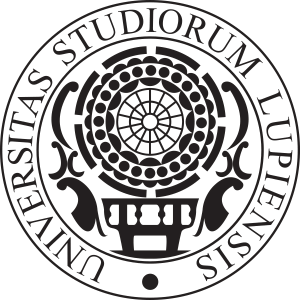
University of Salento
187 publications,
4 659 citations
h-index: 37
12 profile journal articles

MOUGIN Karine
🥼 🤝
87 publications,
1 237 citations
h-index: 20
9 profile journal articles

Philippova Olga
🥼
DSc in Chemistry, Professor
154 publications,
3 690 citations
h-index: 34
8 profile journal articles

Skorb Ekaterina
PhD in Chemistry, Professor
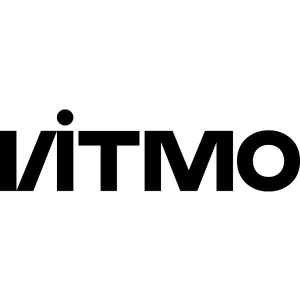
ITMO University
181 publications,
3 857 citations
h-index: 33
8 profile journal articles

Tovbin Yury
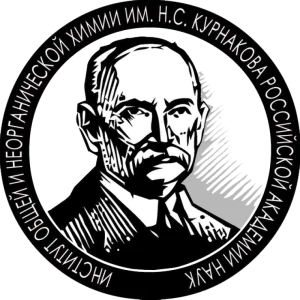
Kurnakov Institute of General and Inorganic Chemistry of the Russian Academy of Sciences
230 publications,
1 419 citations
h-index: 16
7 profile journal articles

Emelyanenko Alexandre
DSc in Physics and Mathematics
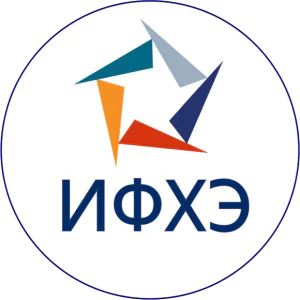
A.N. Frumkin Institute of Physical Chemistry and Electrochemistry of the Russian Academy of Sciences
156 publications,
4 856 citations
h-index: 37
7 profile journal articles
Kuklin Alexander
PhD in Physics and Mathematics
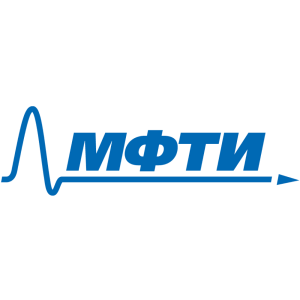
Moscow Institute of Physics and Technology
219 publications,
2 964 citations
h-index: 29
7 profile journal articles

MAZUYER Denis
87 publications,
1 612 citations
h-index: 20
7 profile journal articles

M. Rosa
58 publications,
856 citations
h-index: 17













